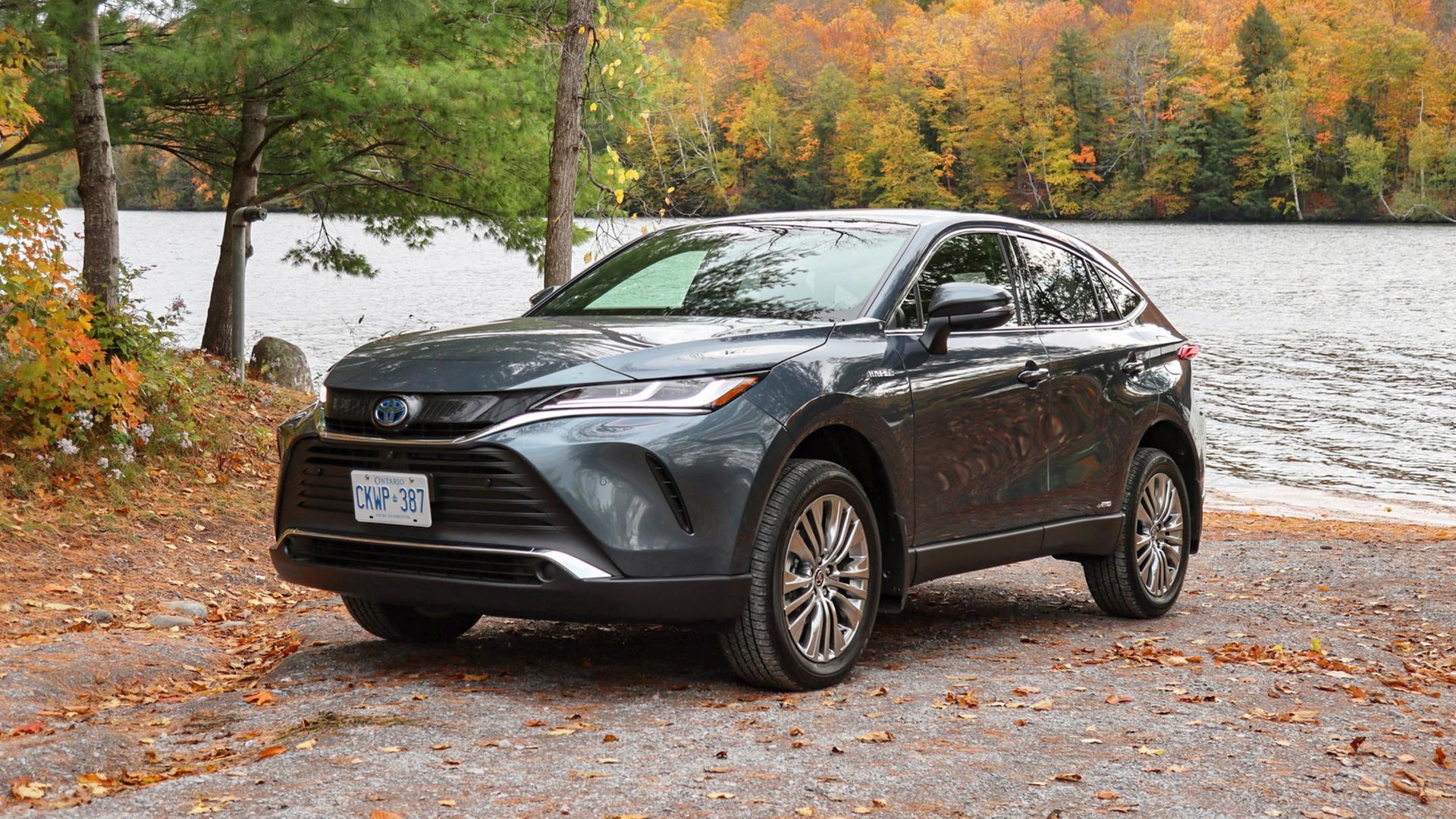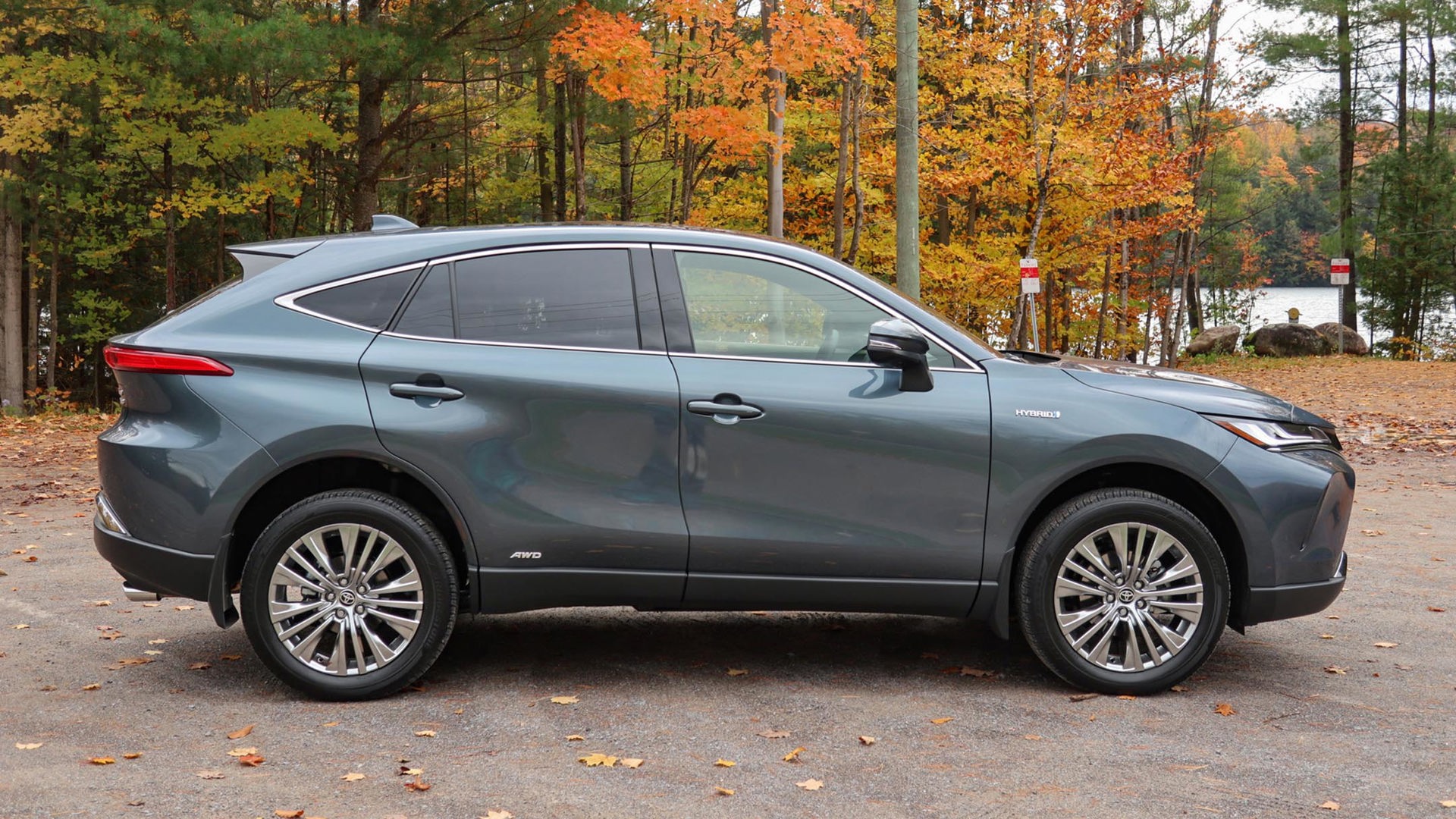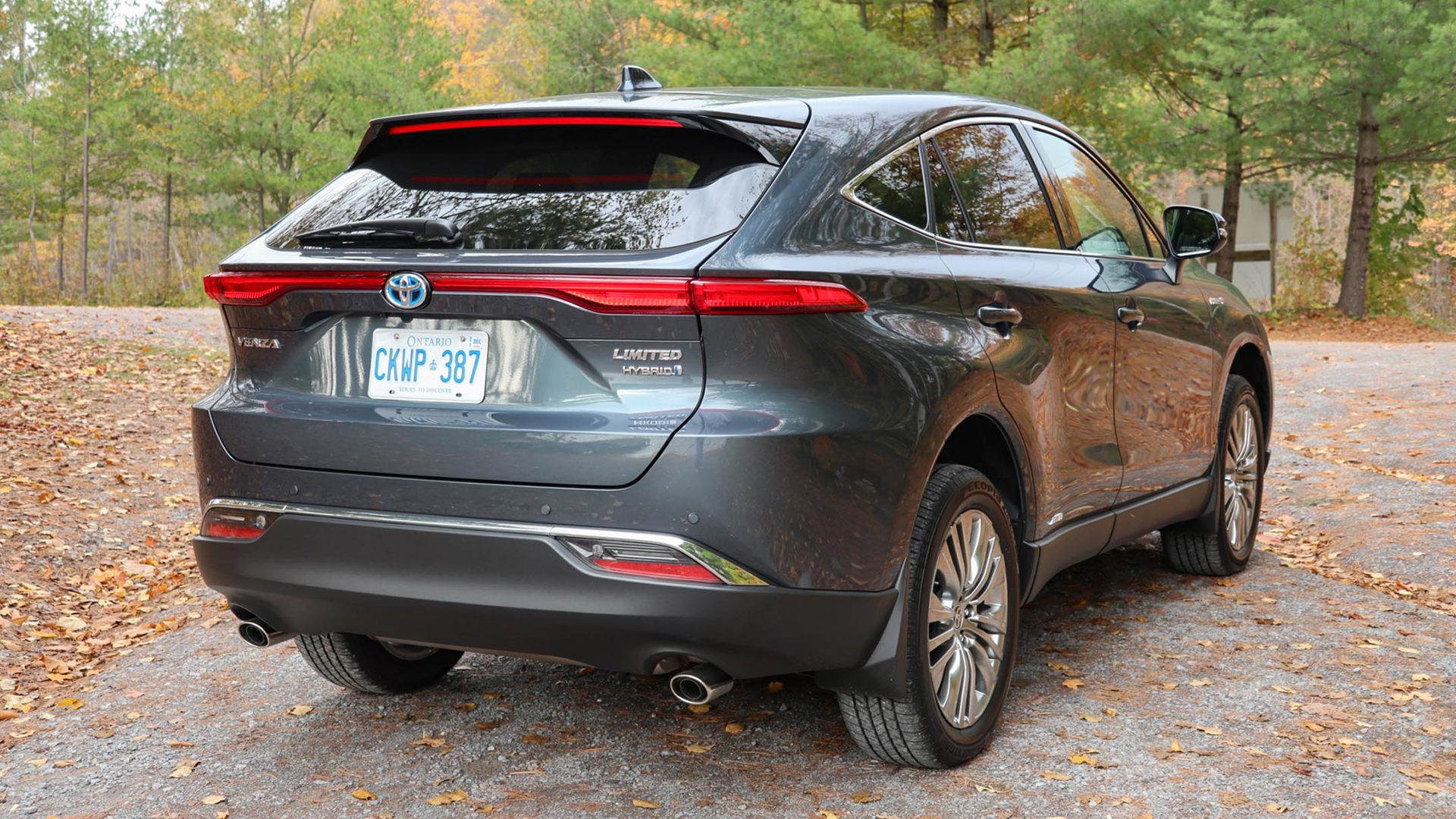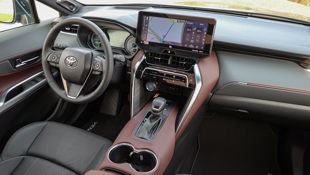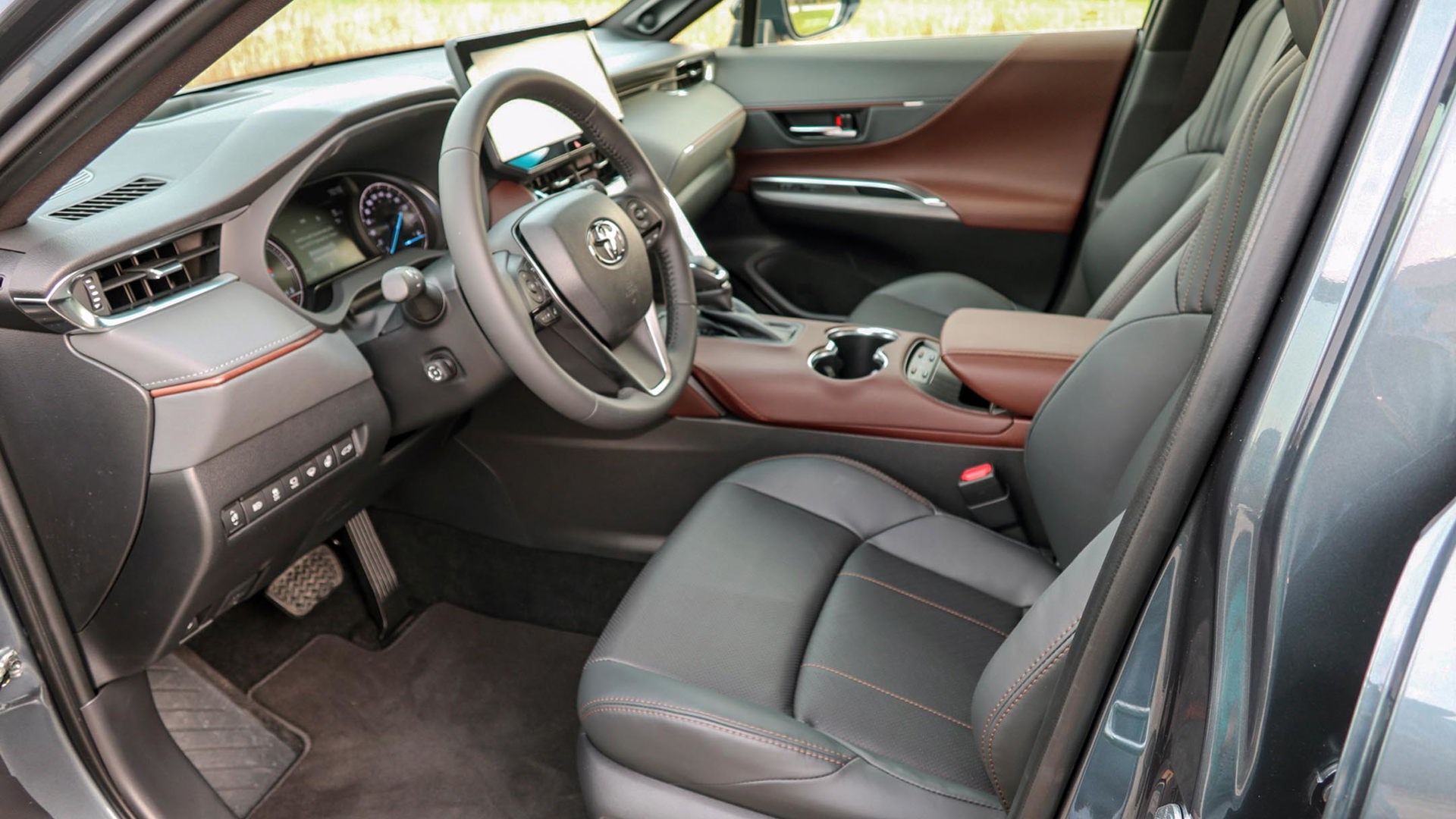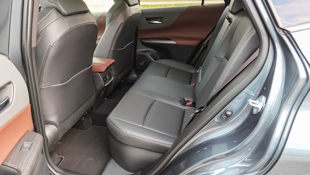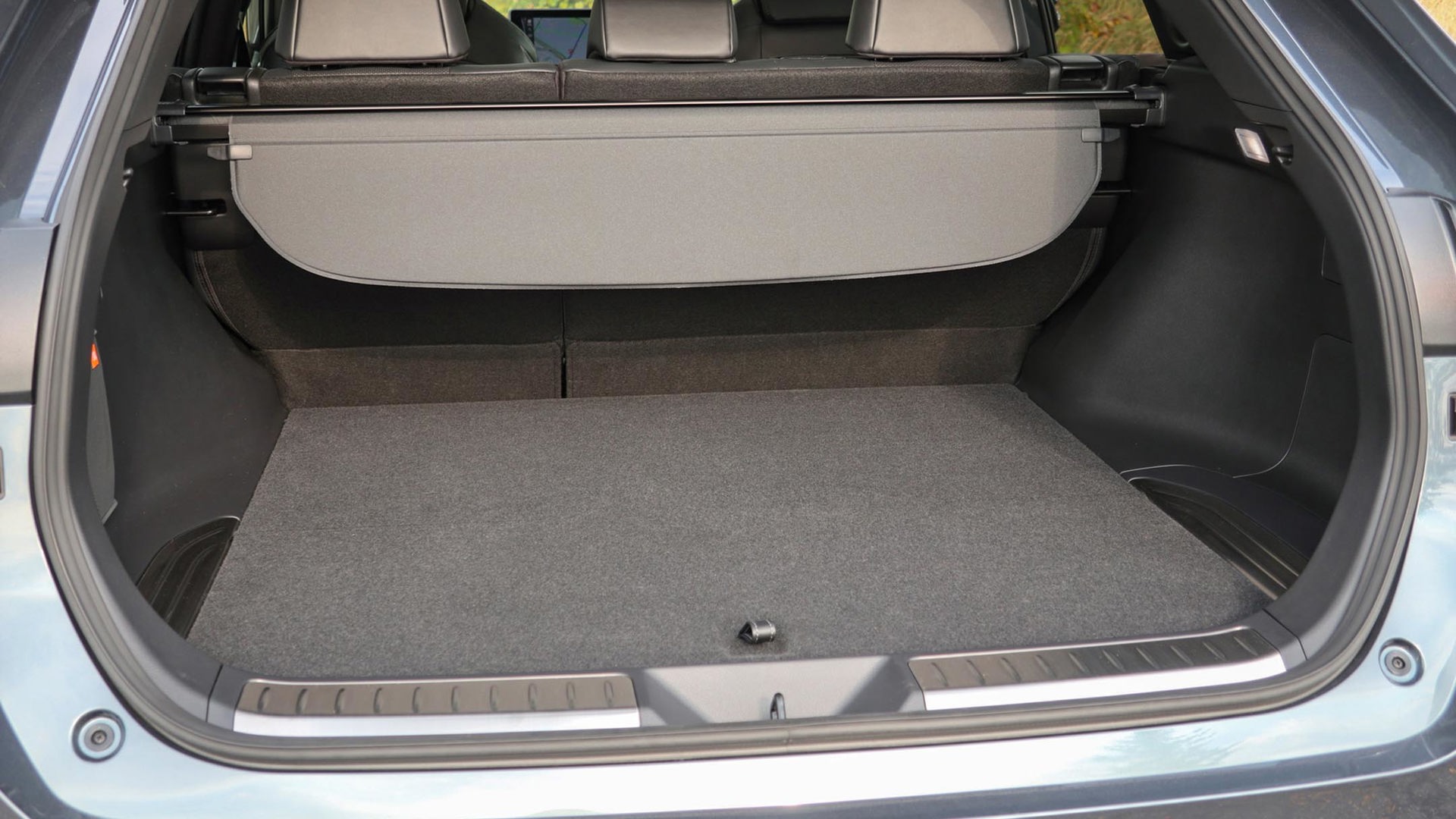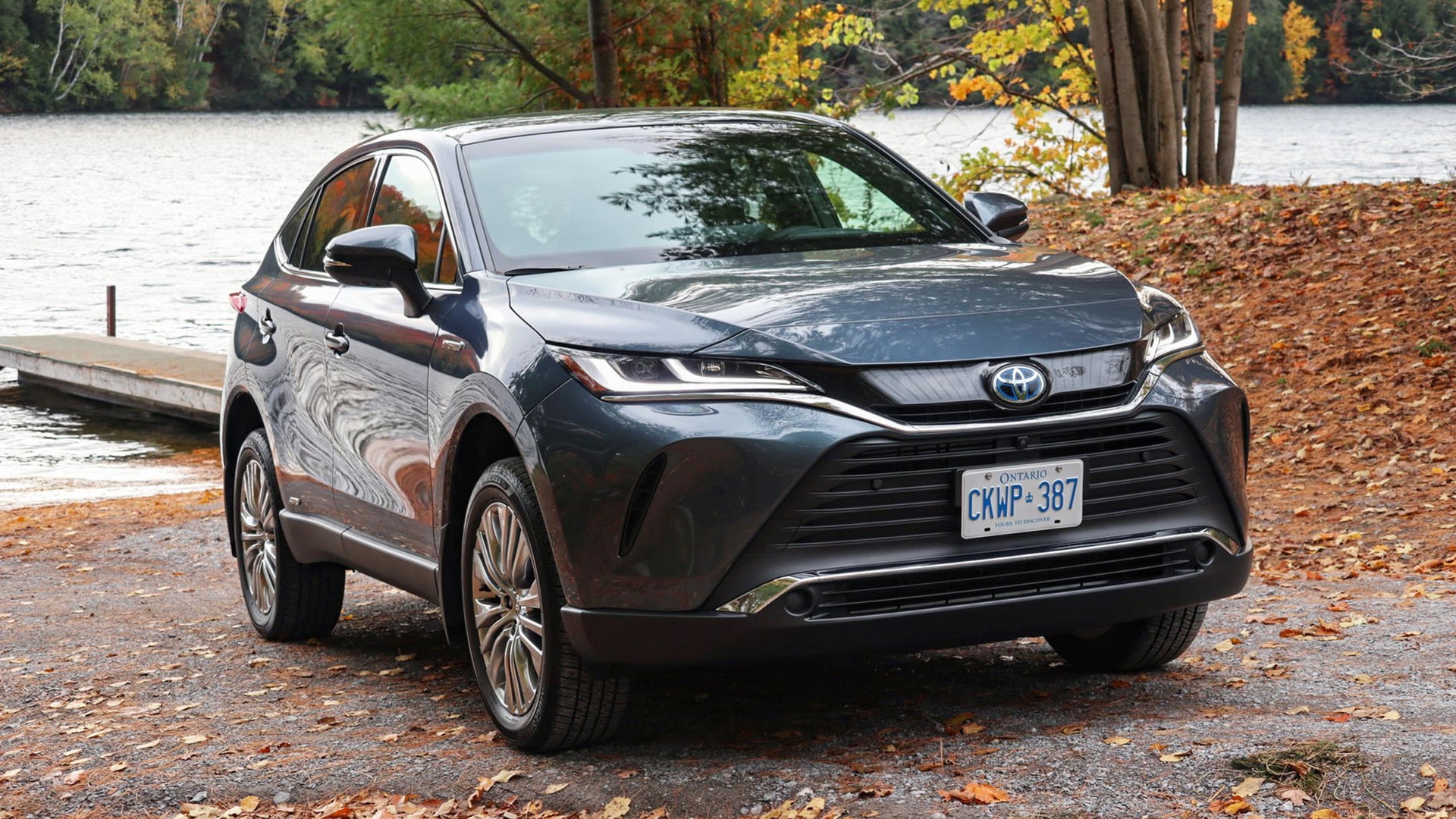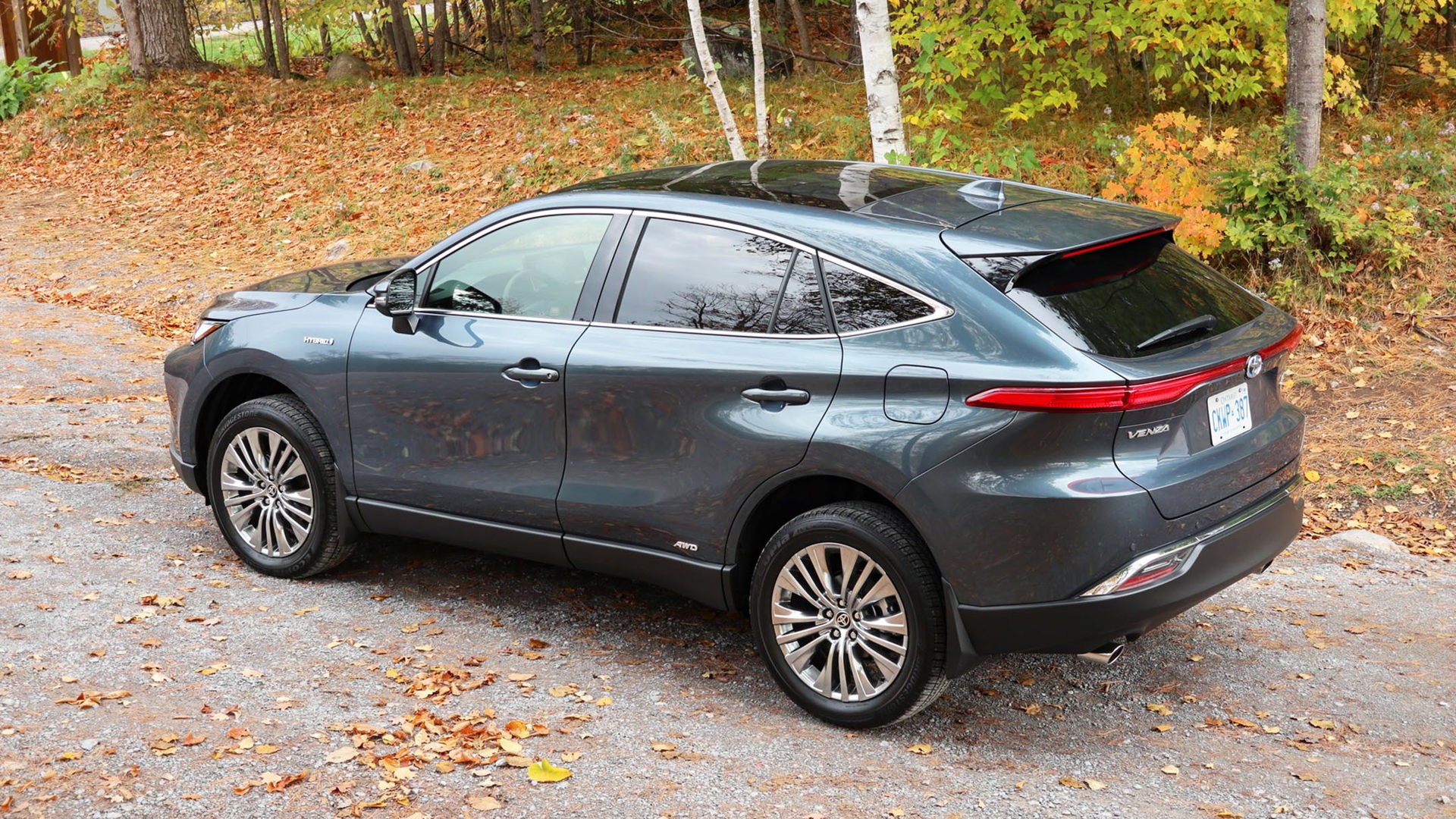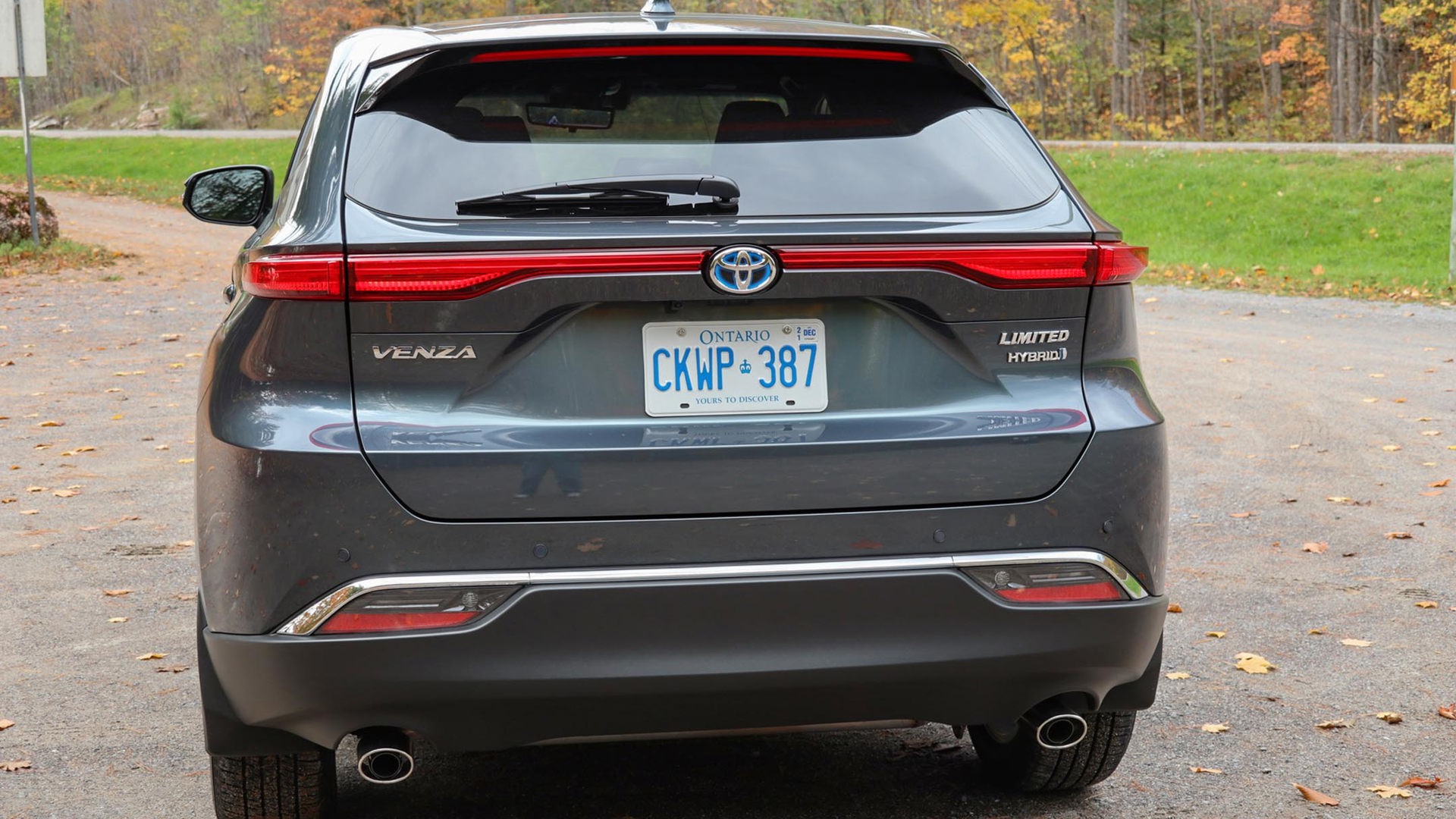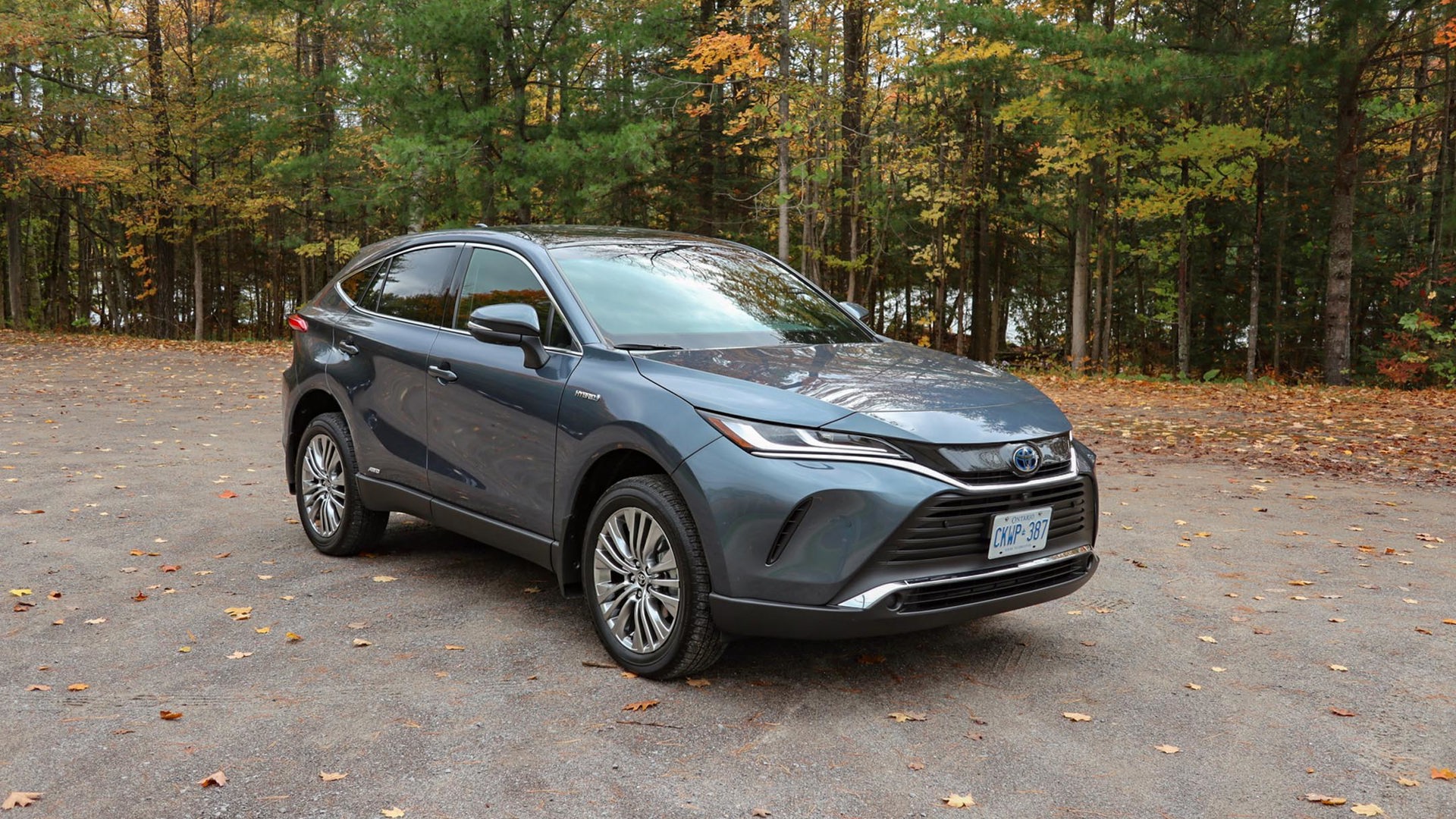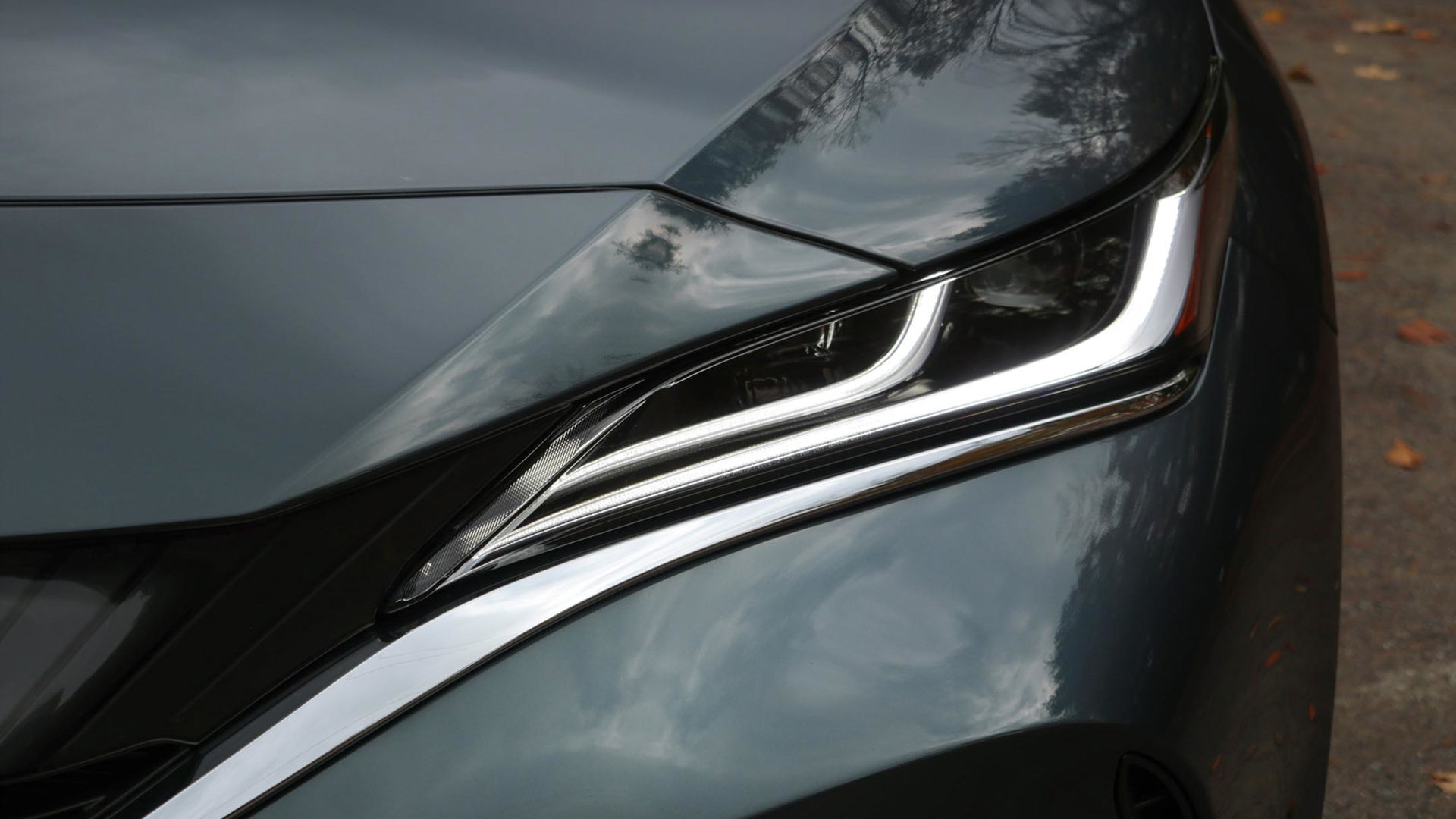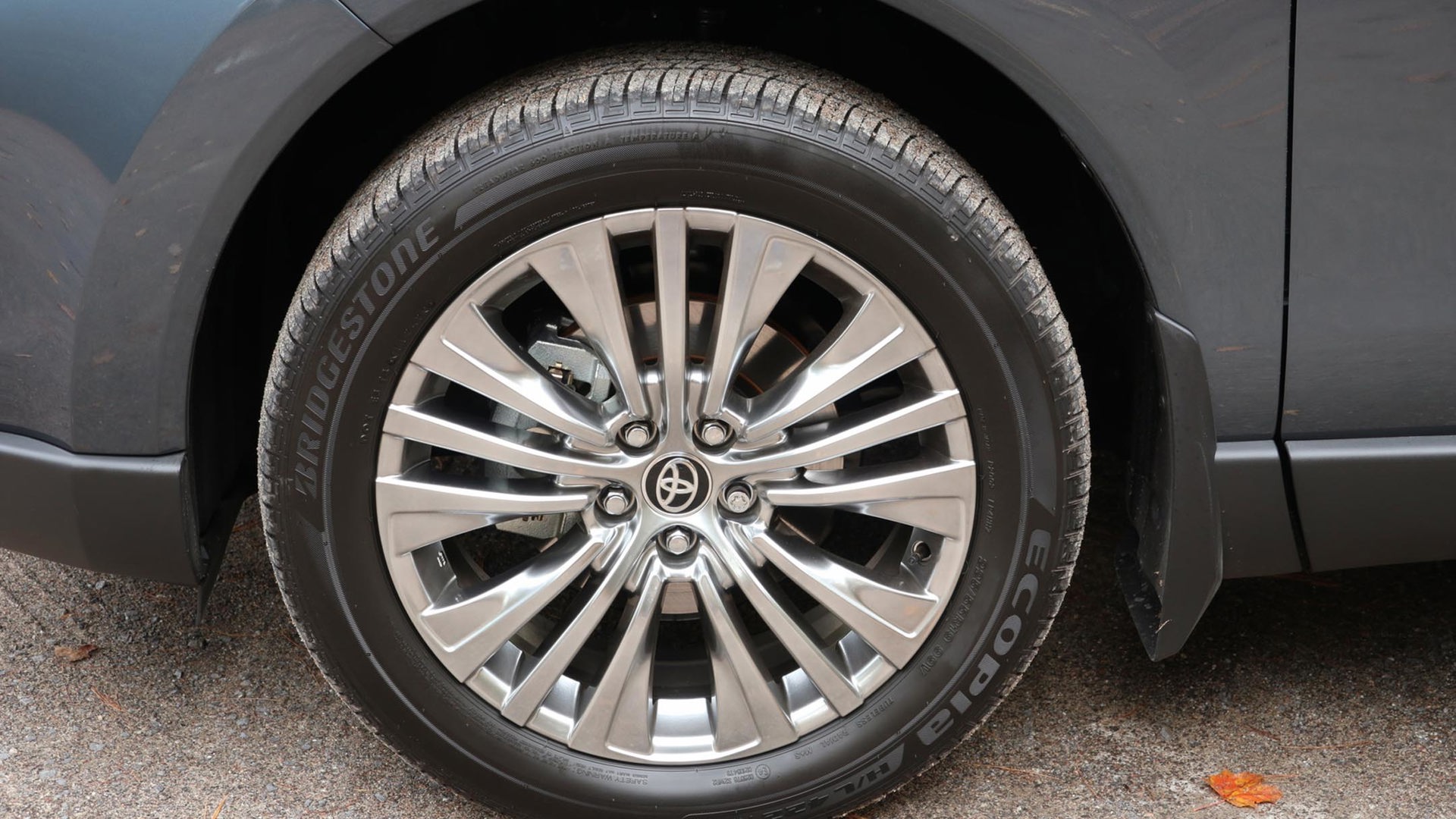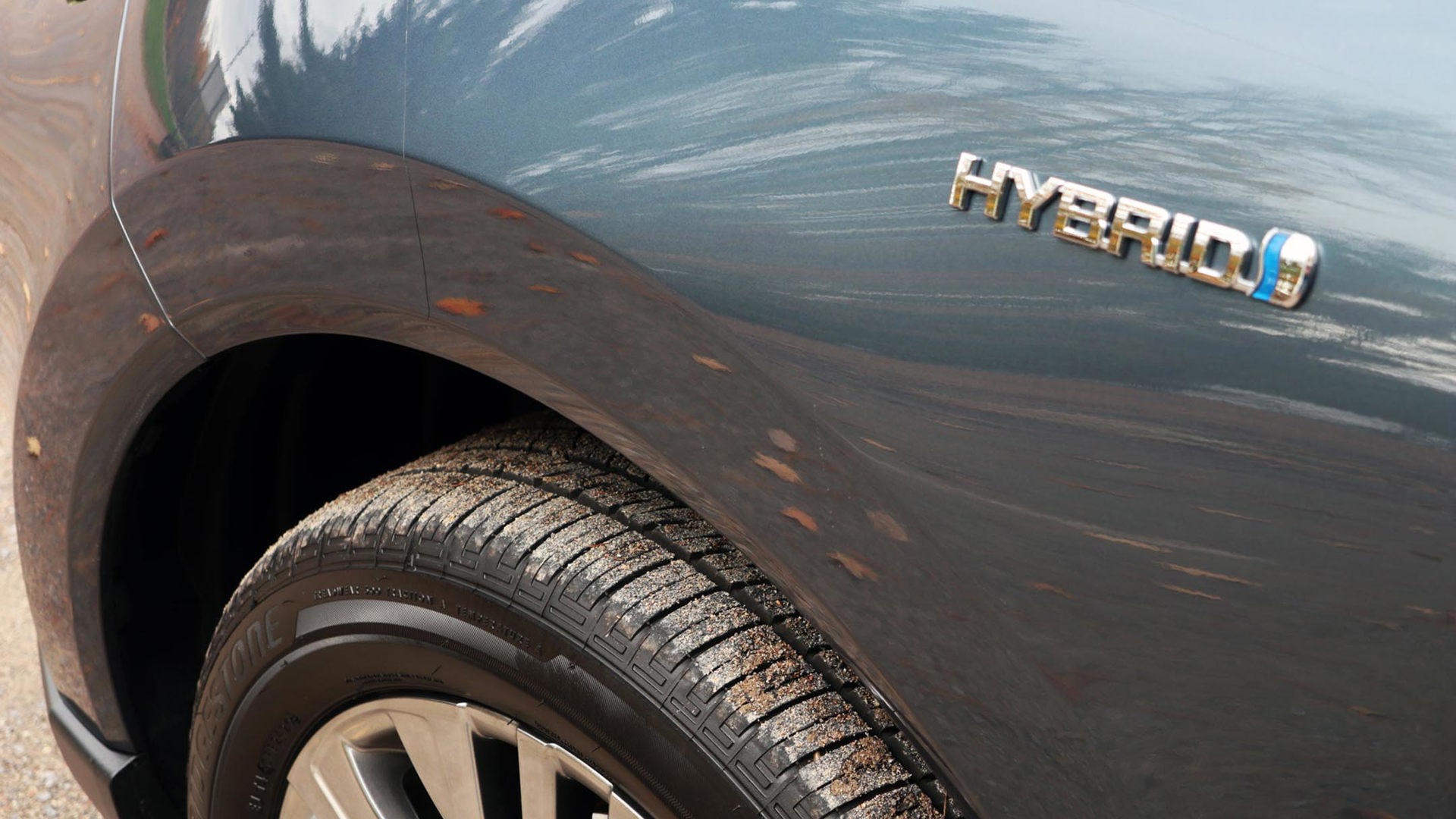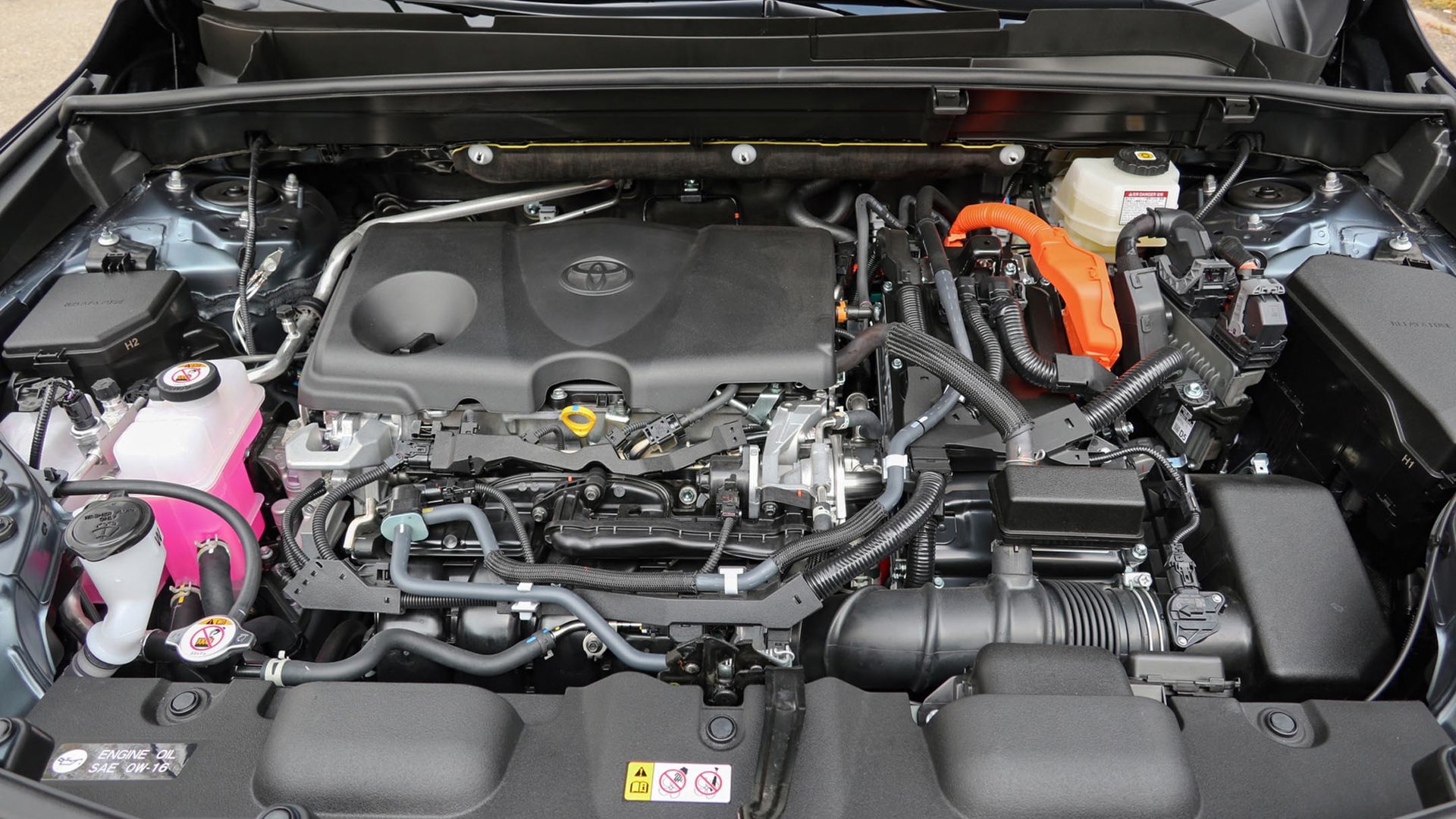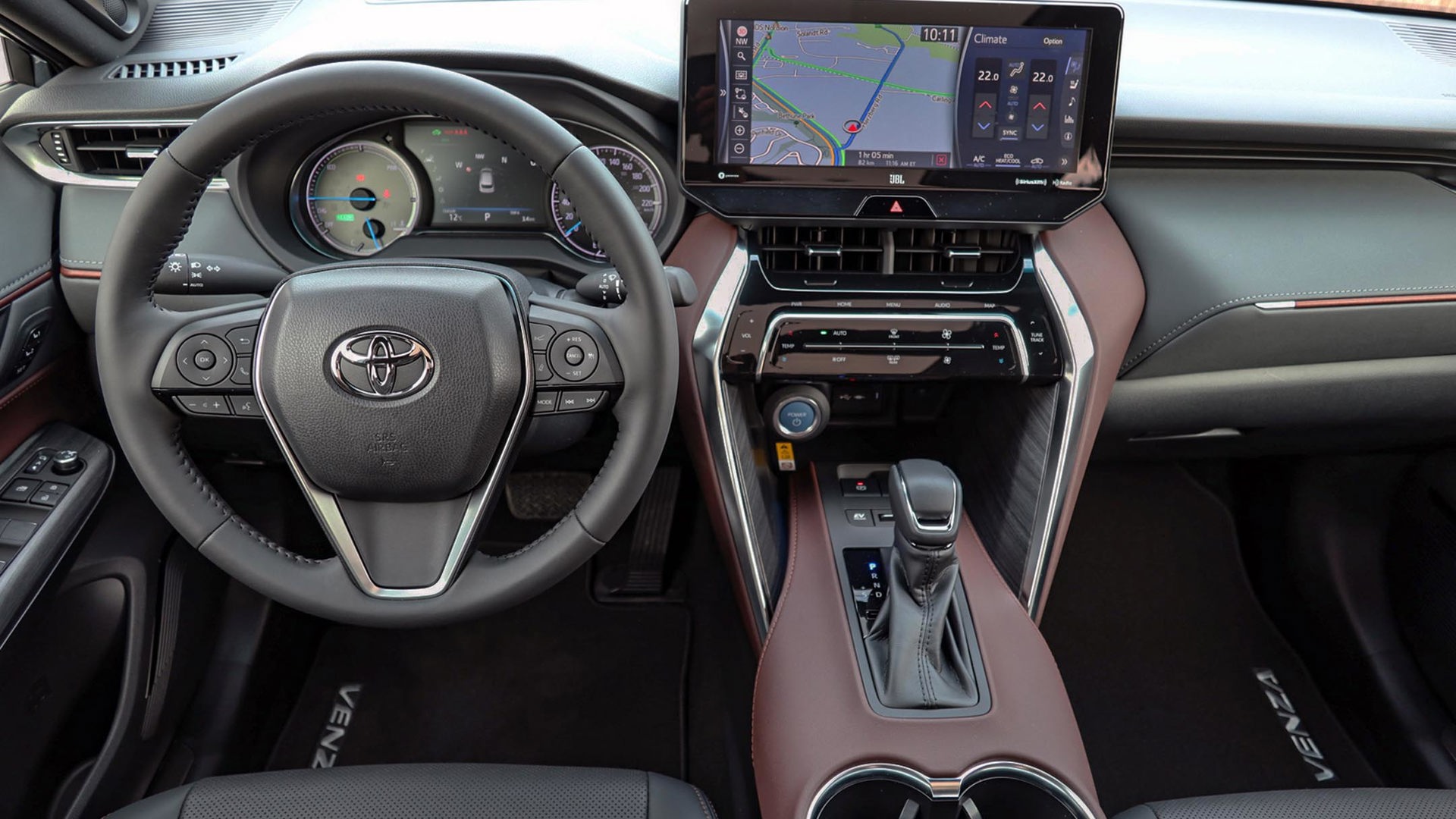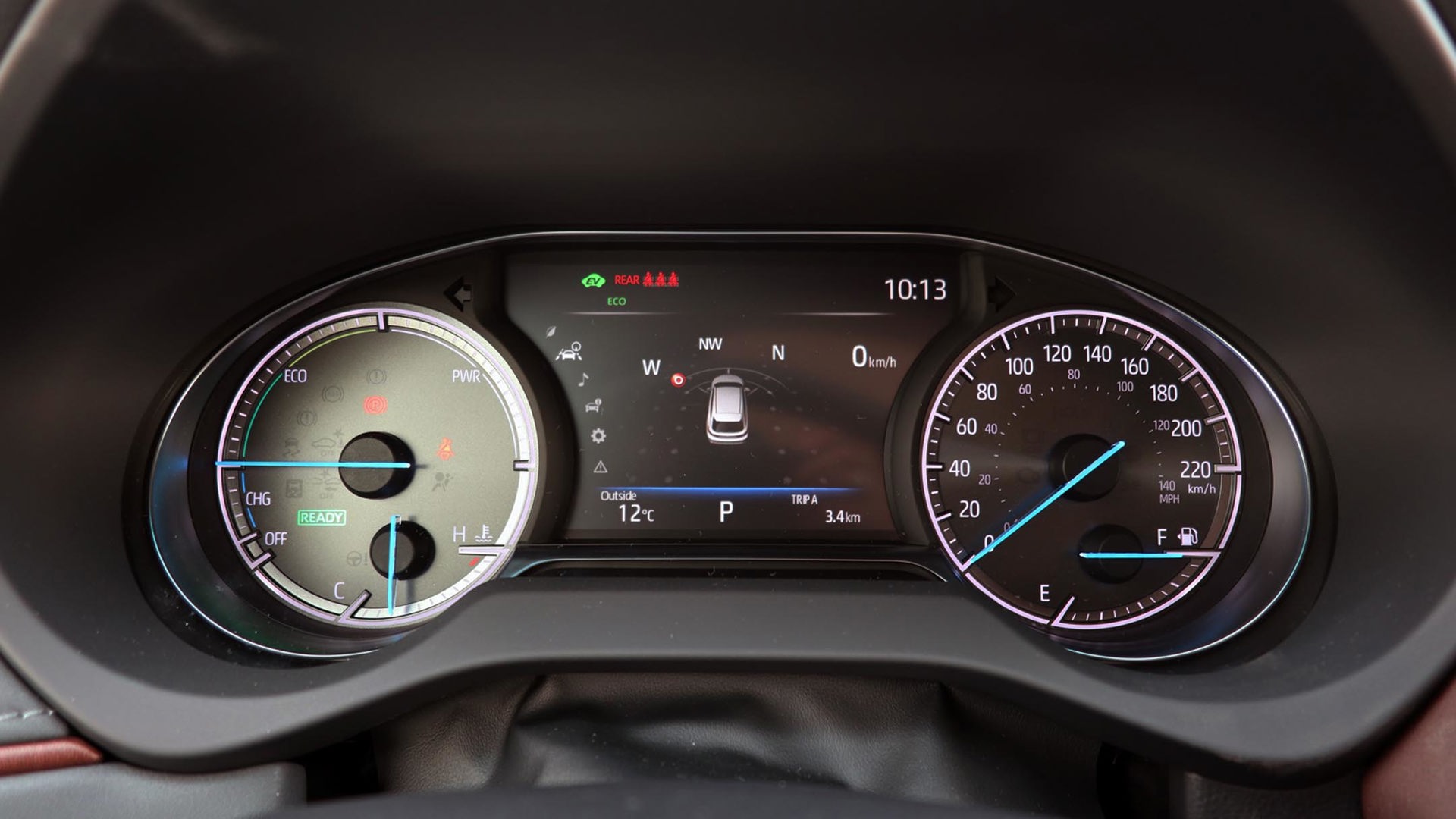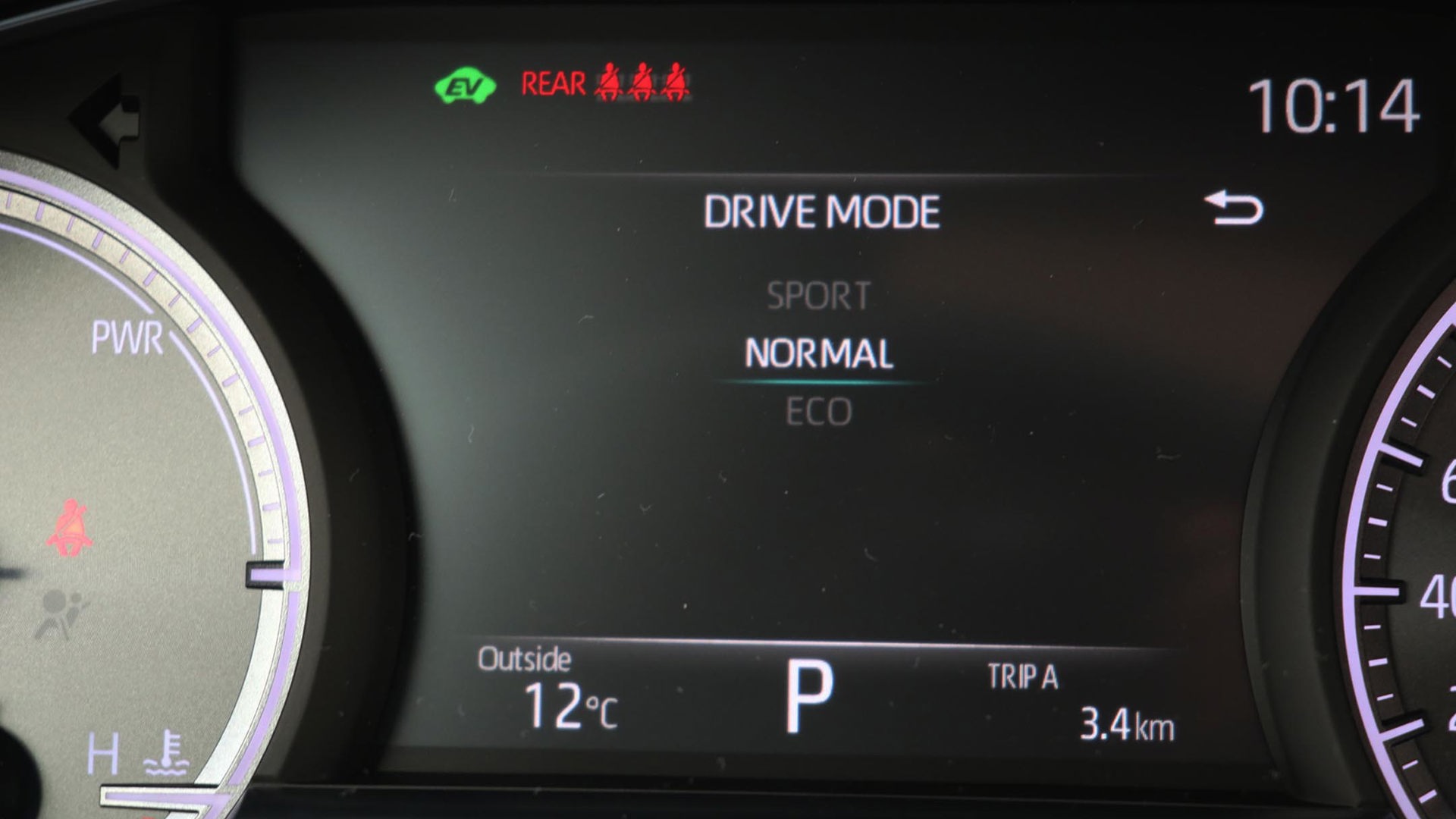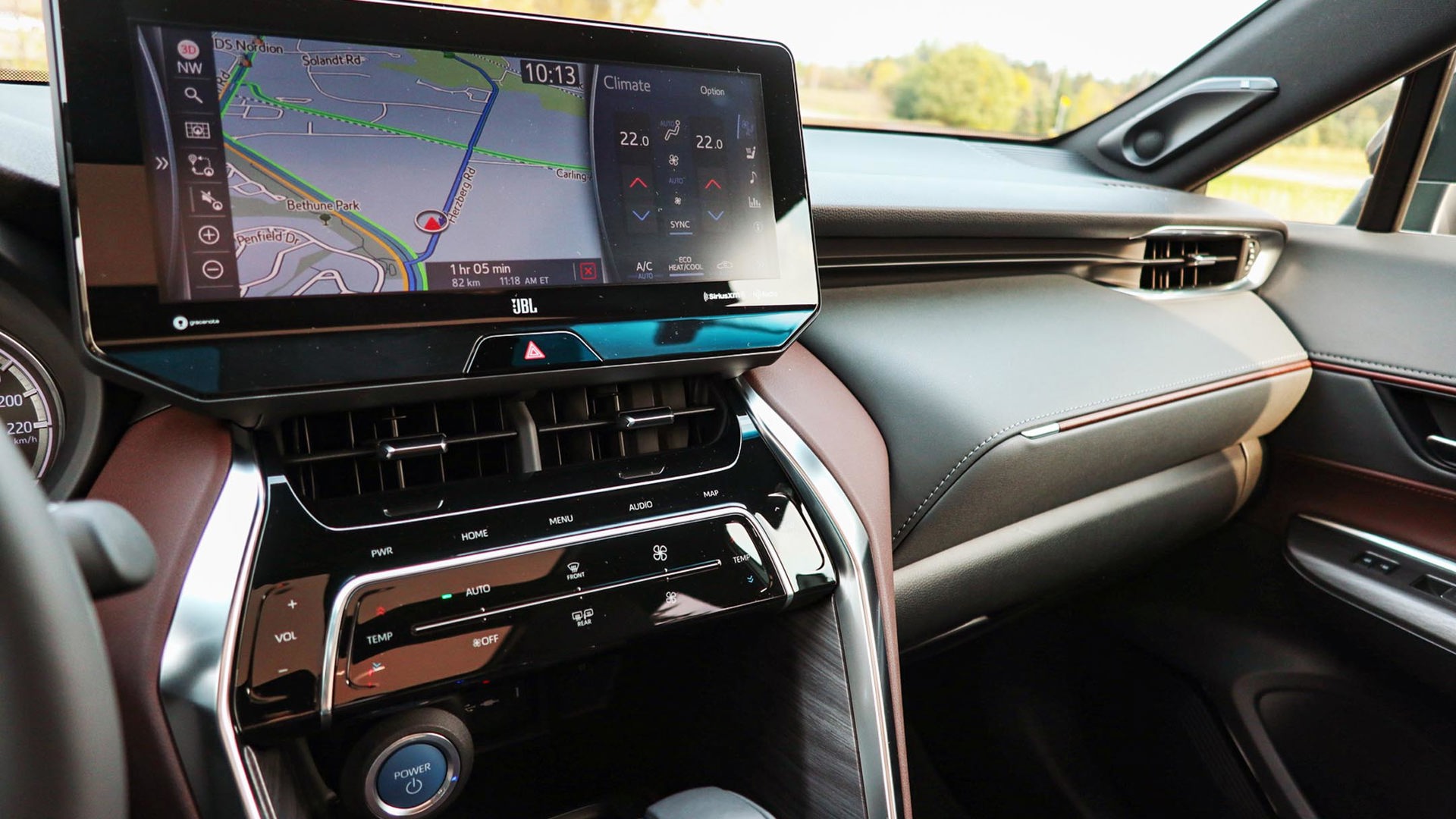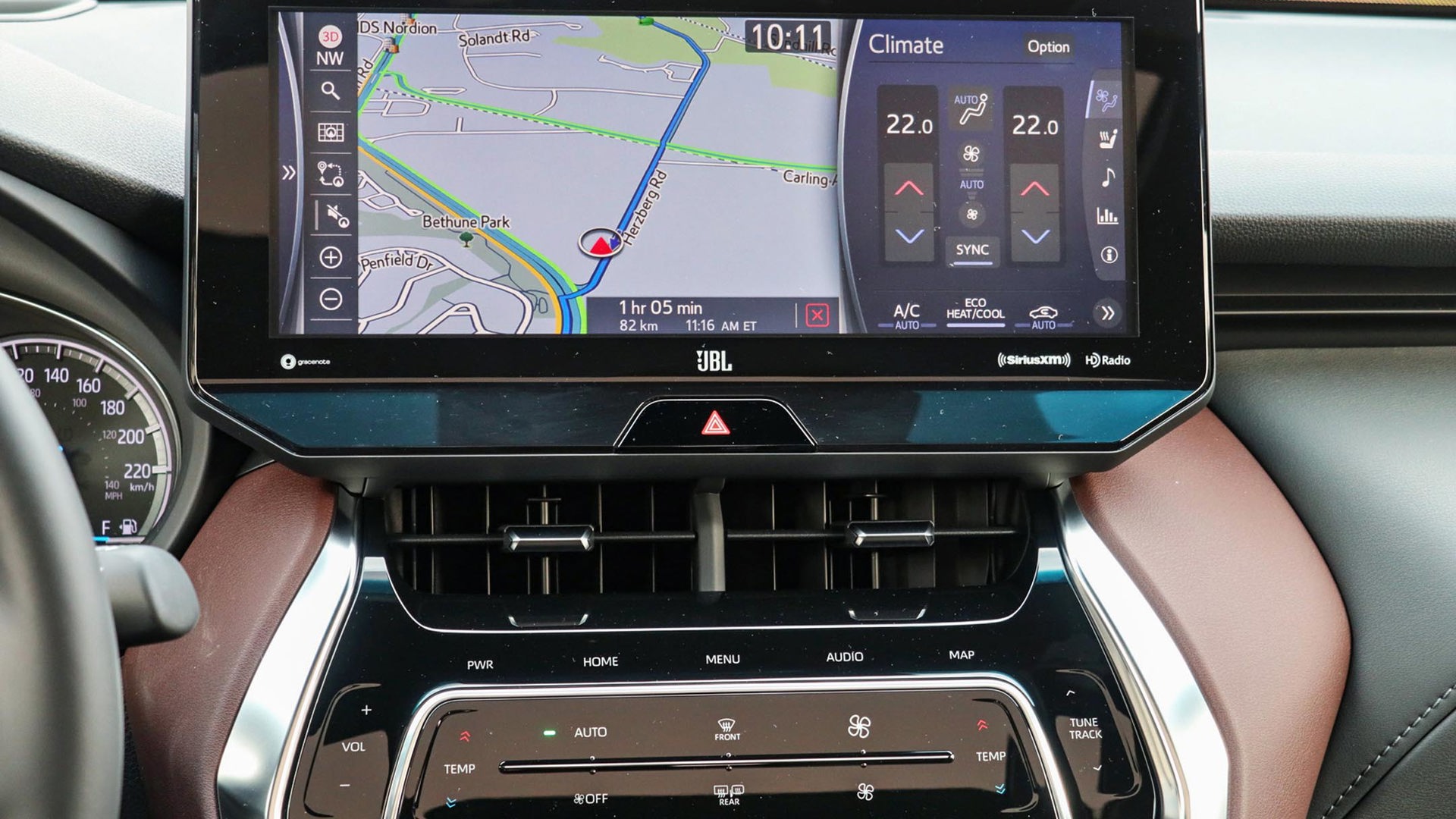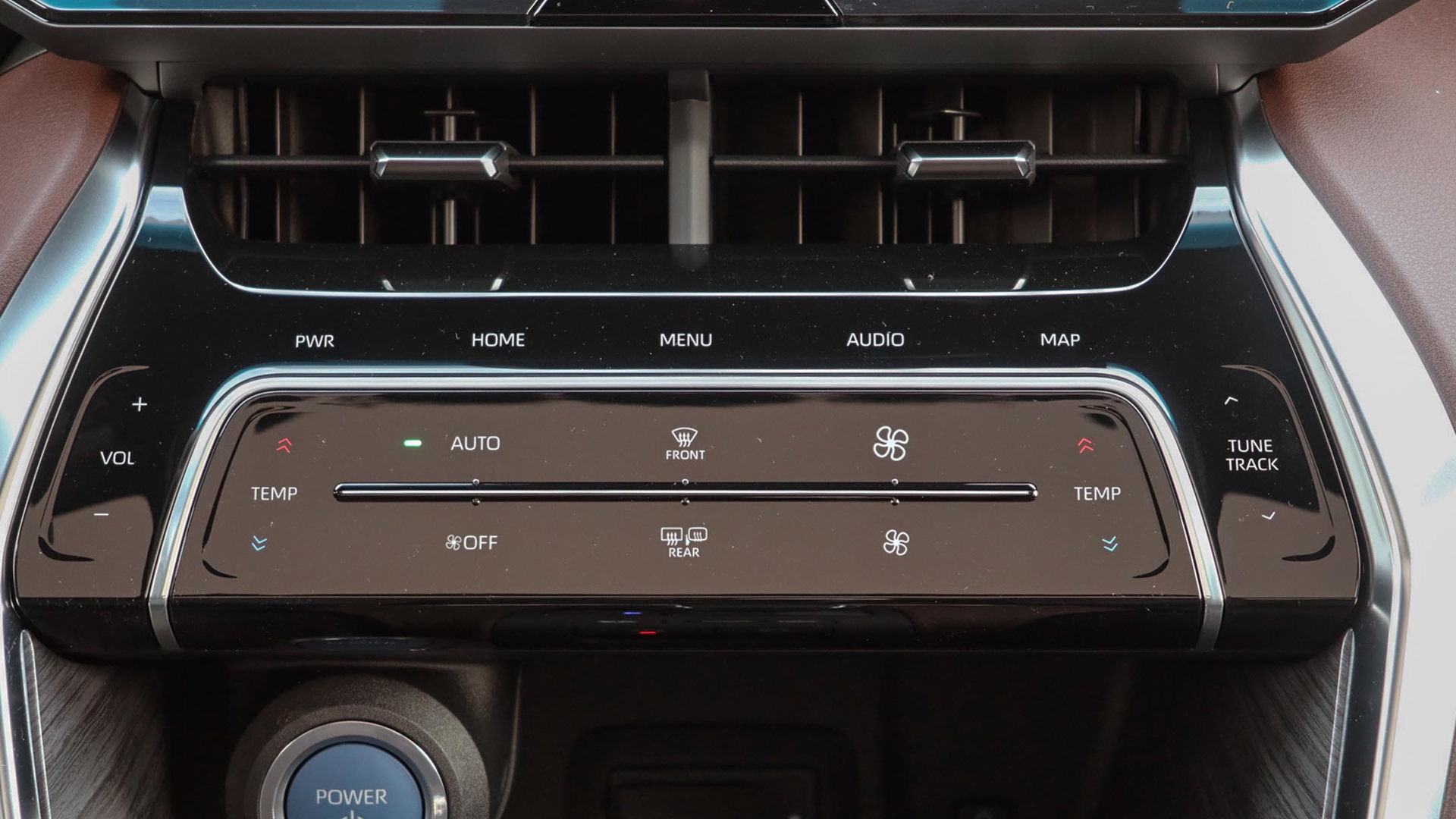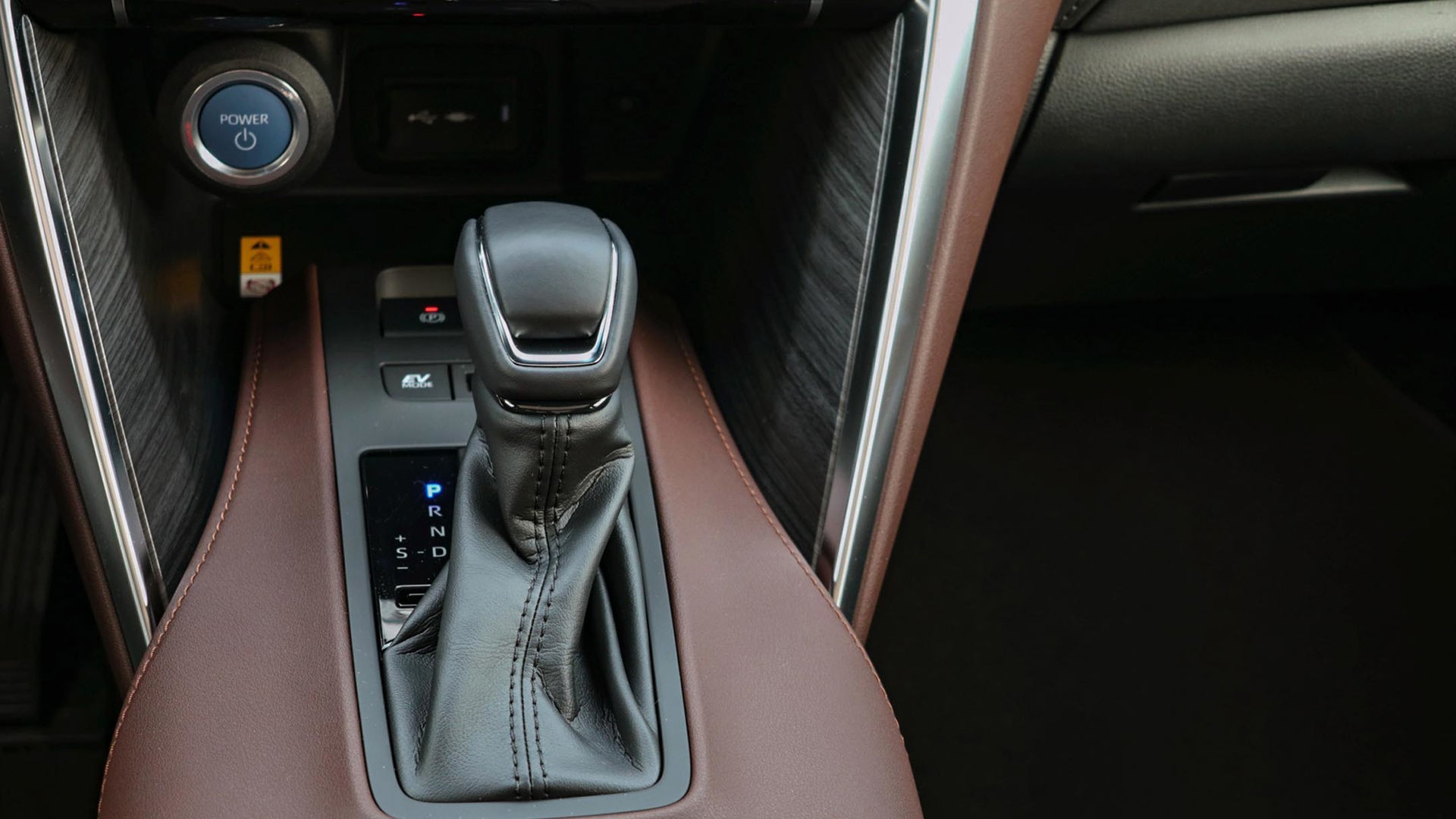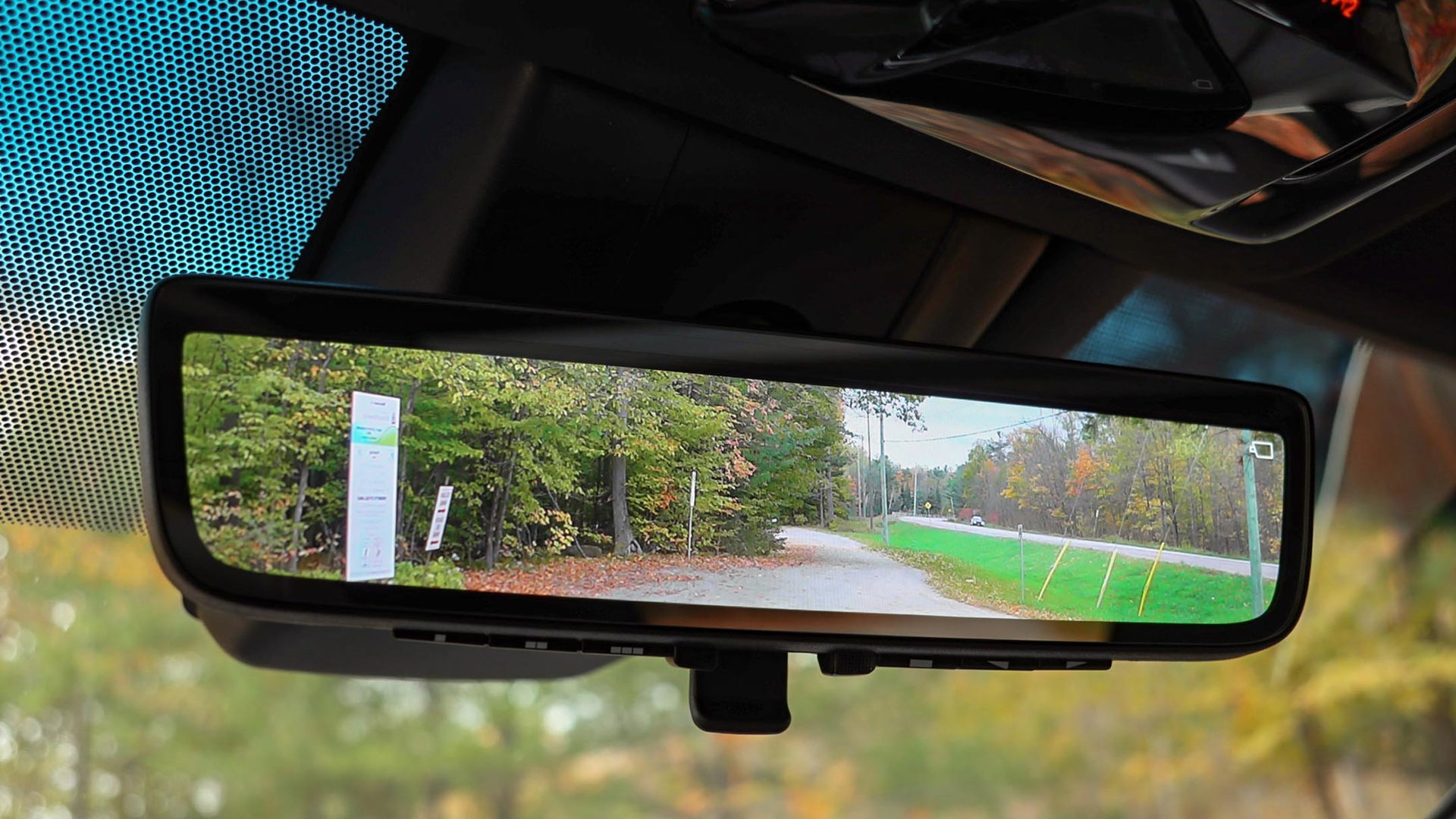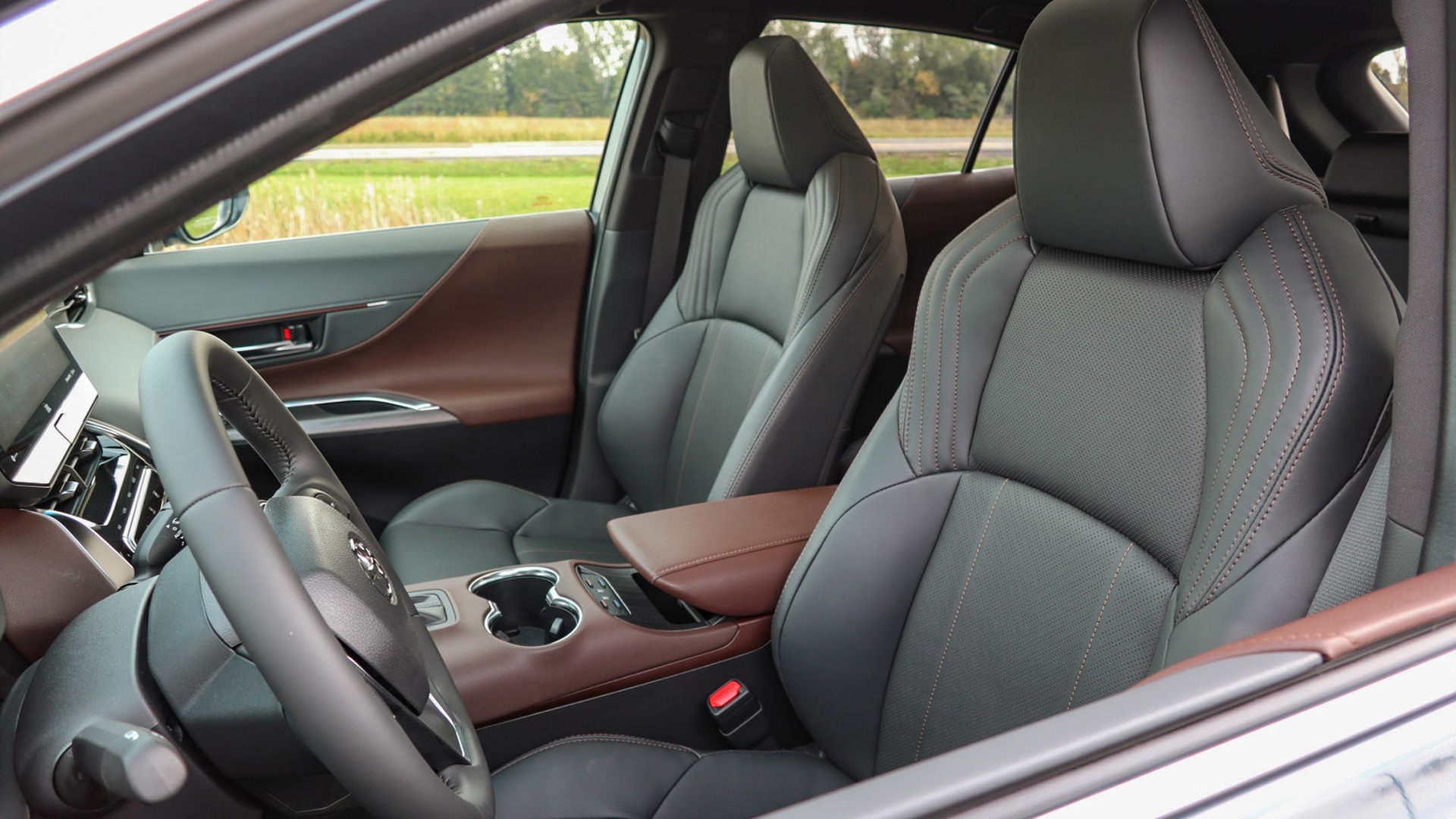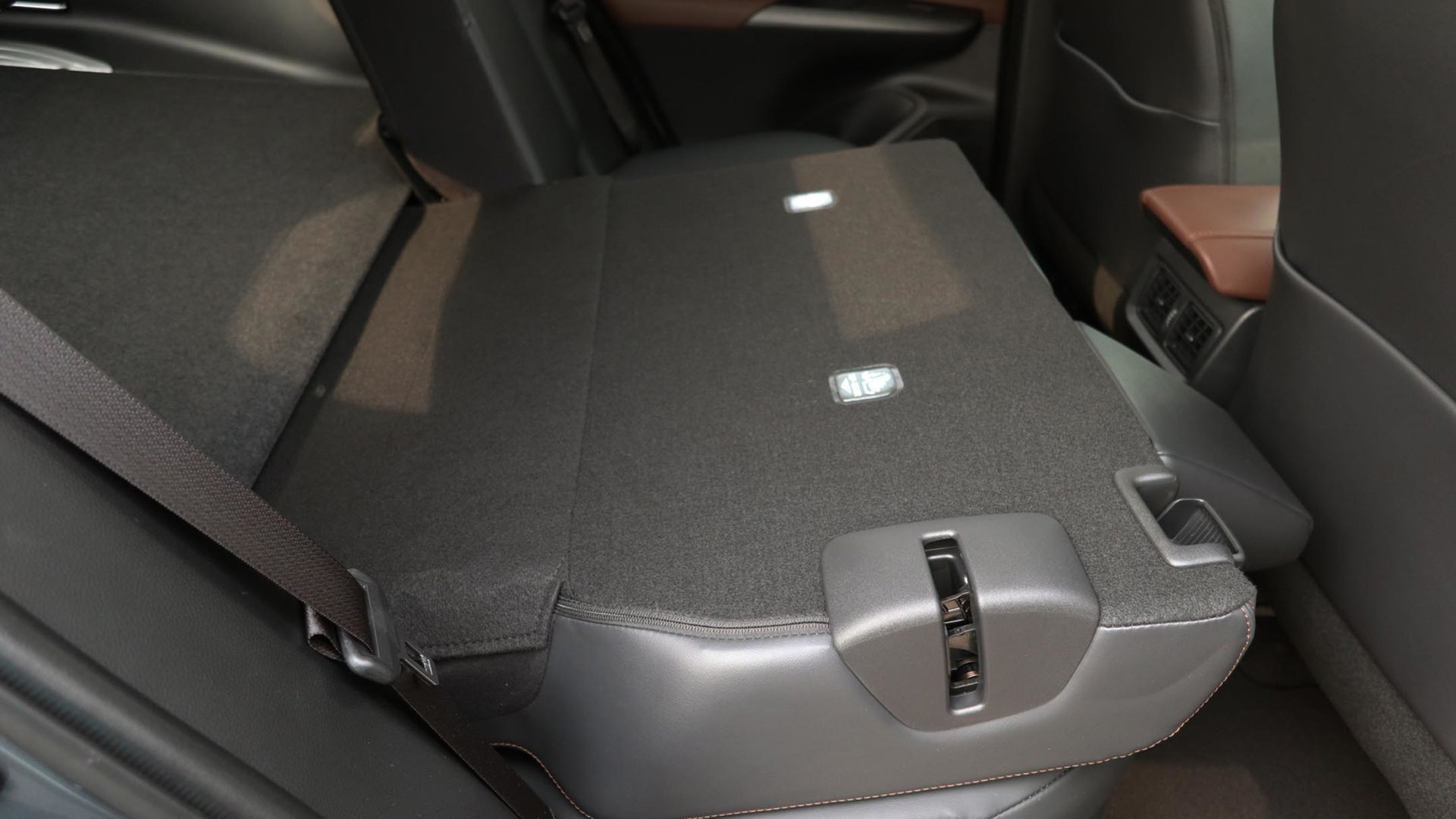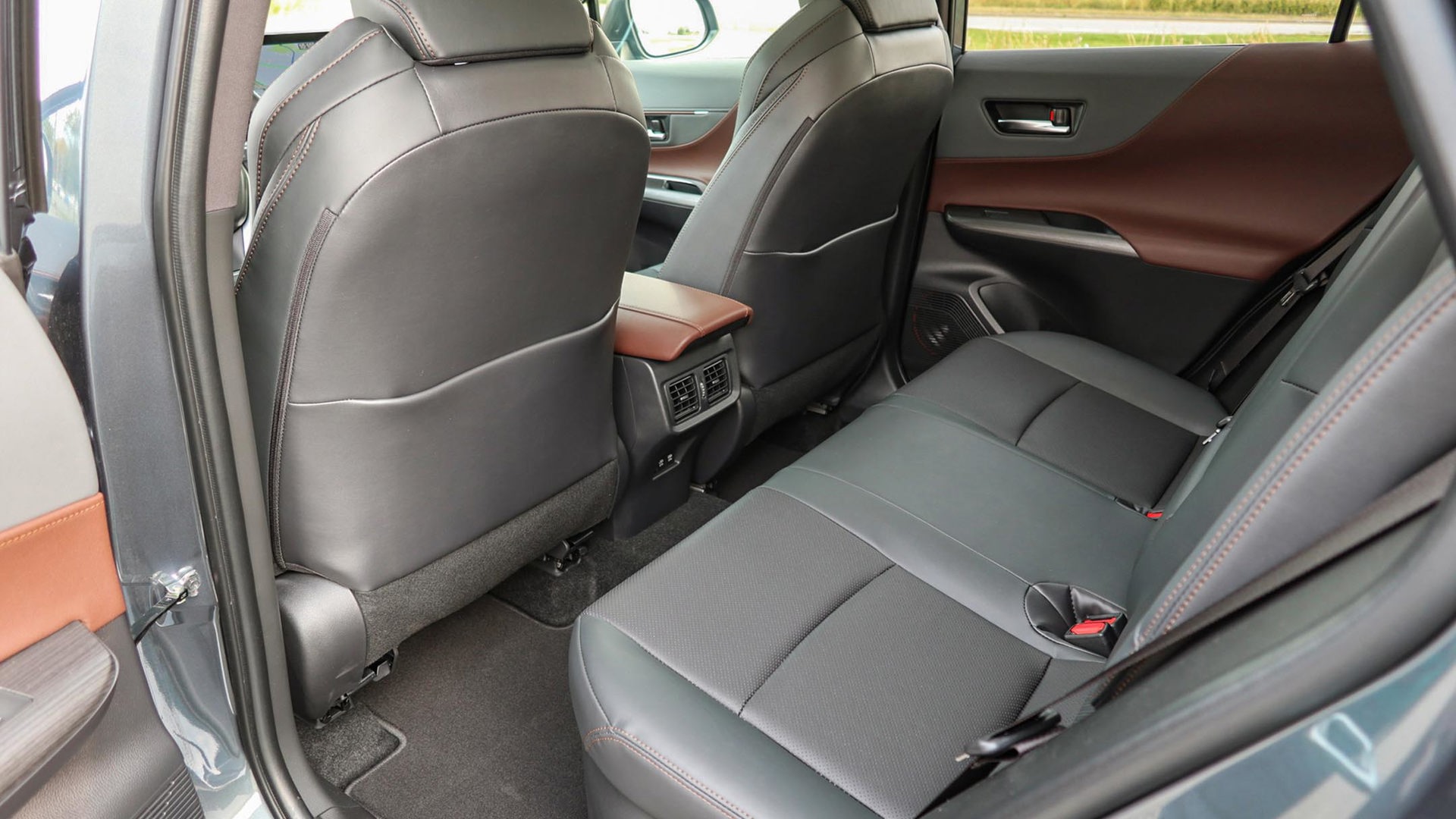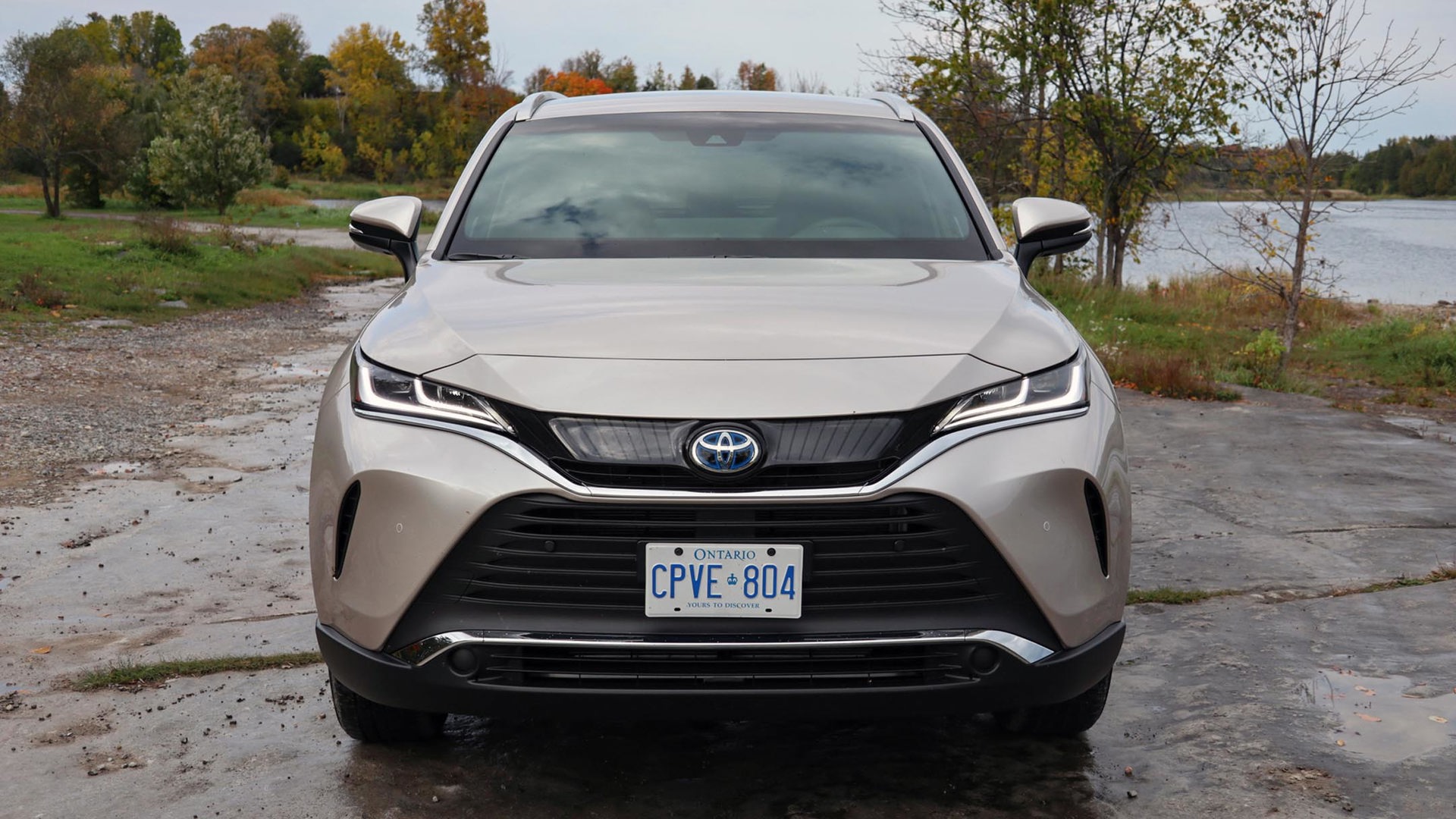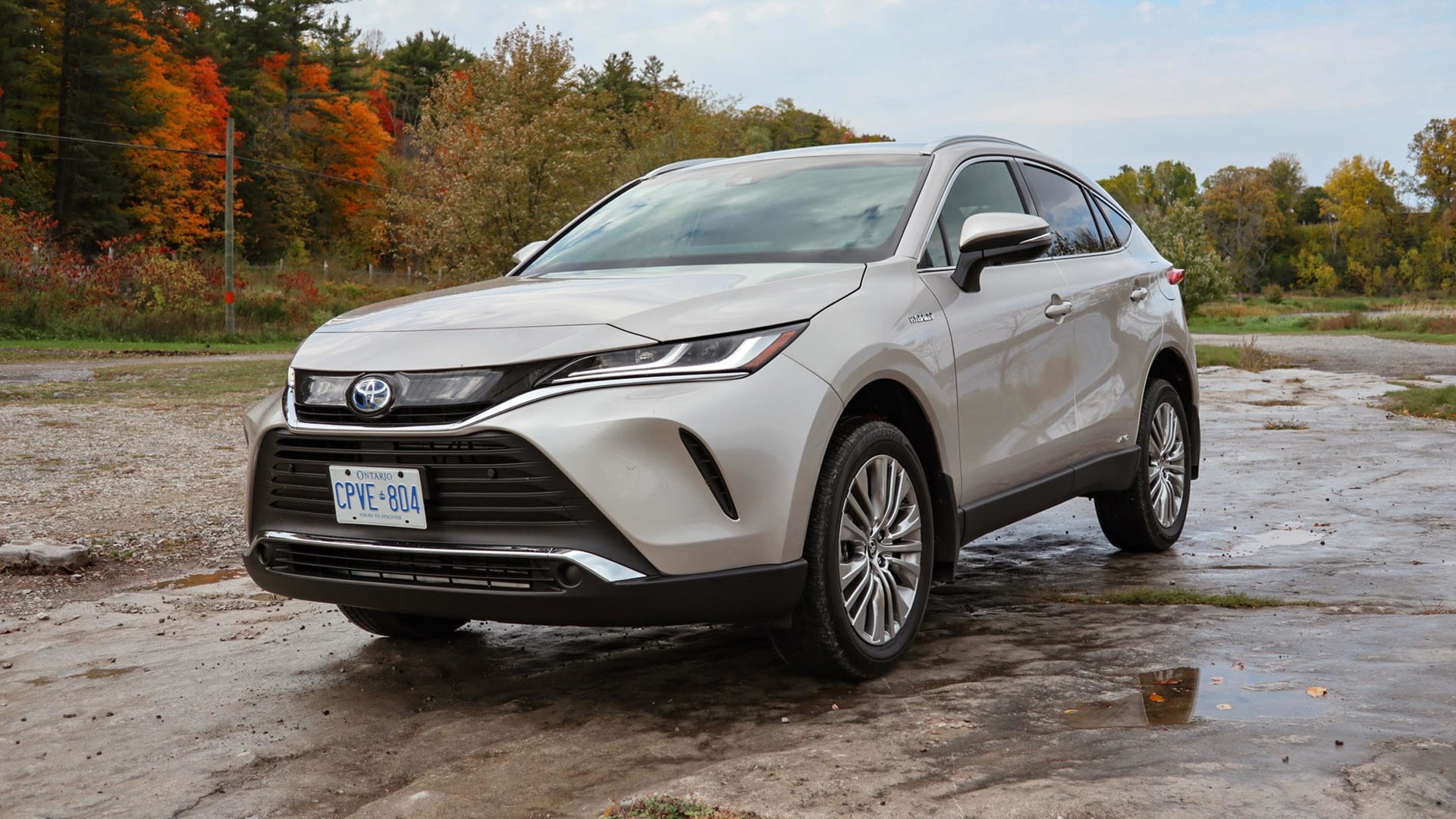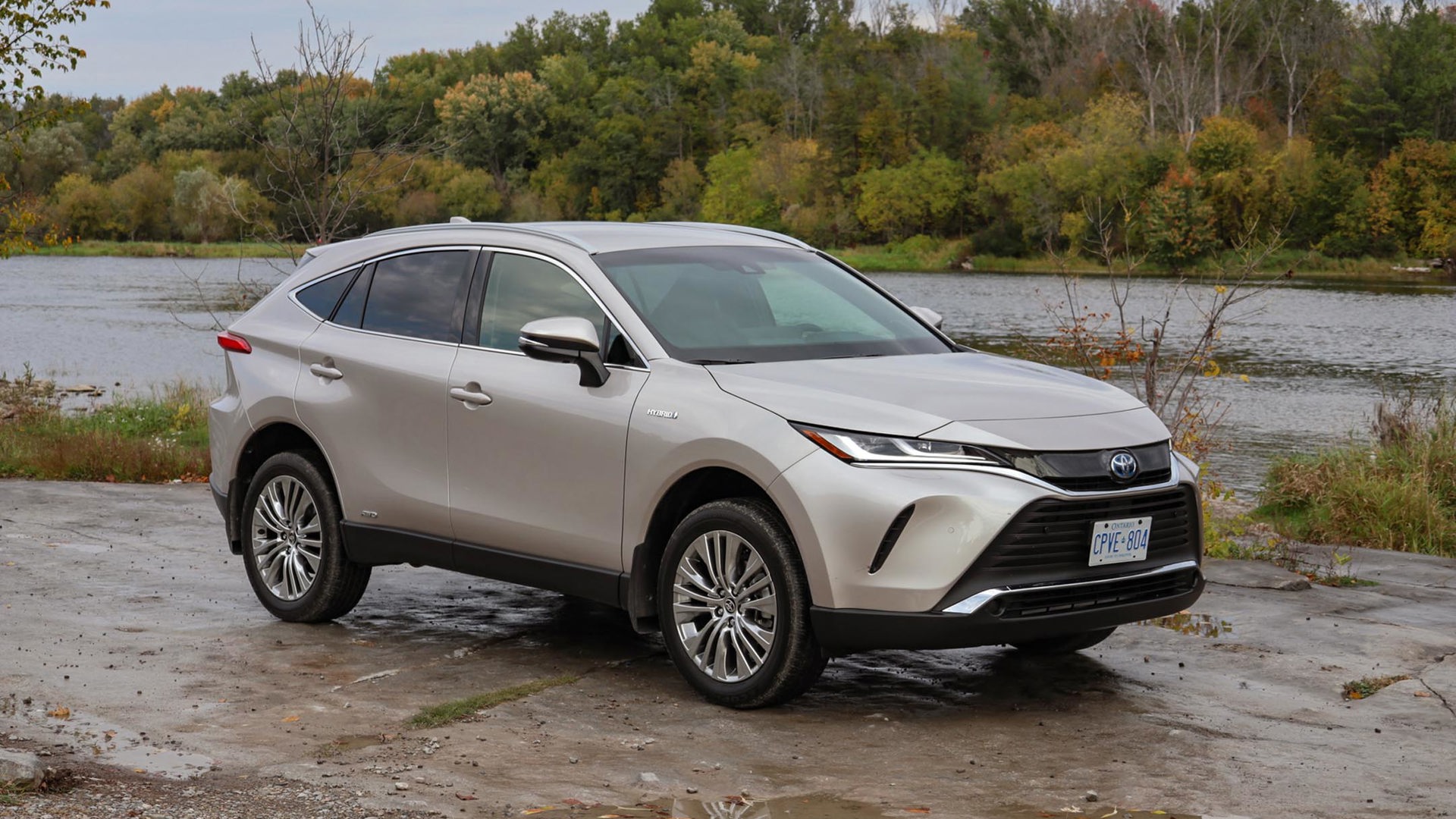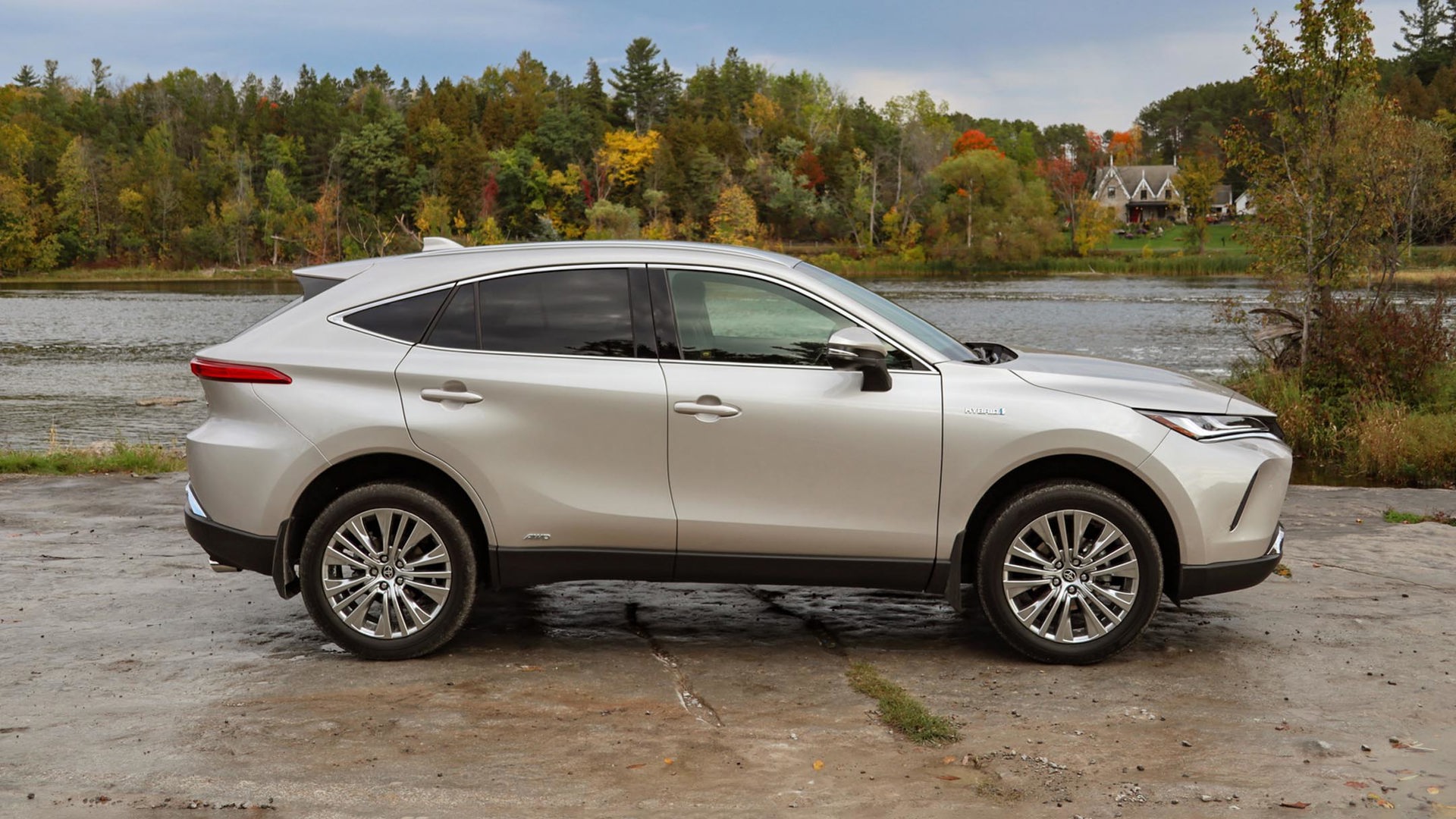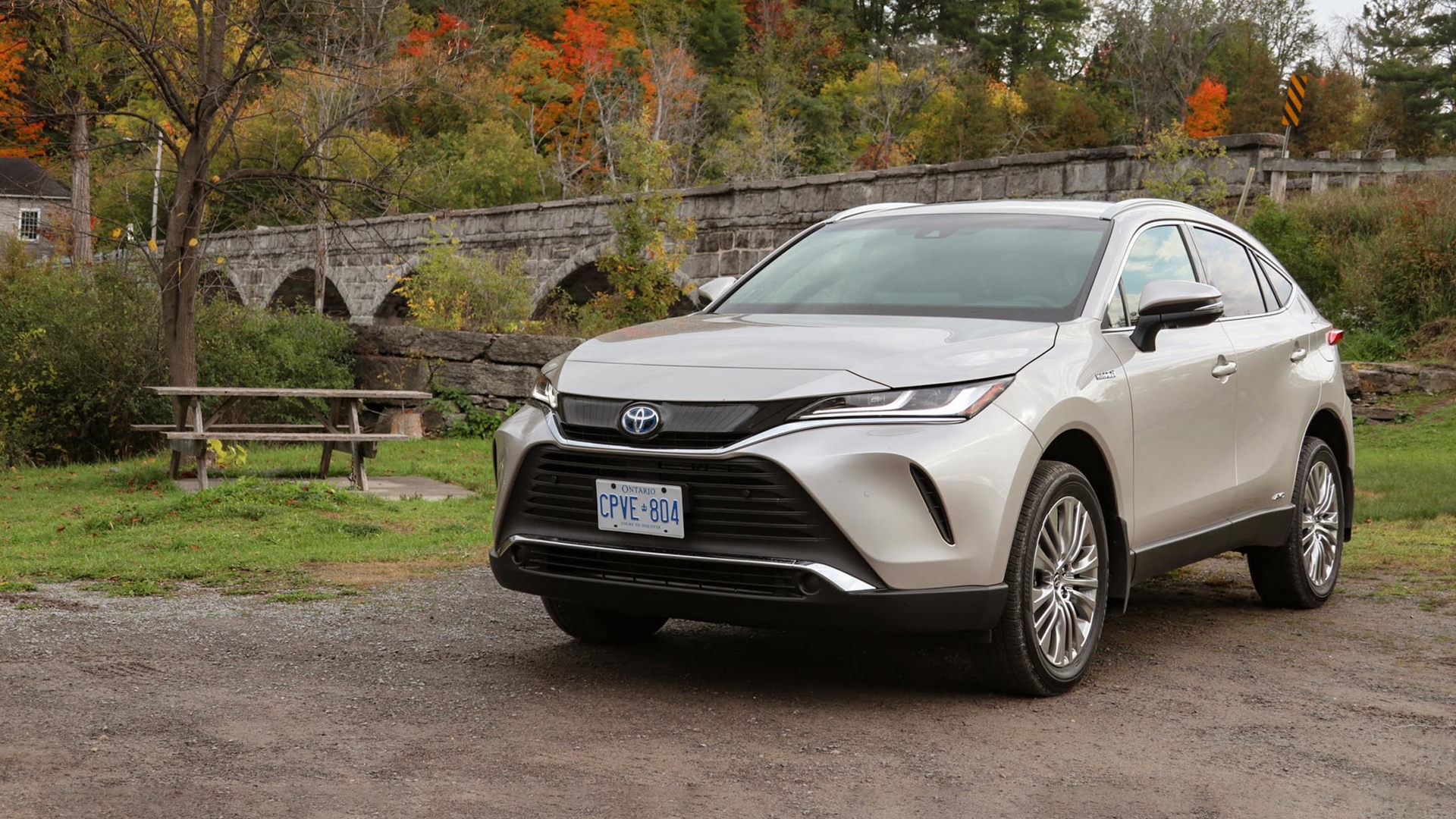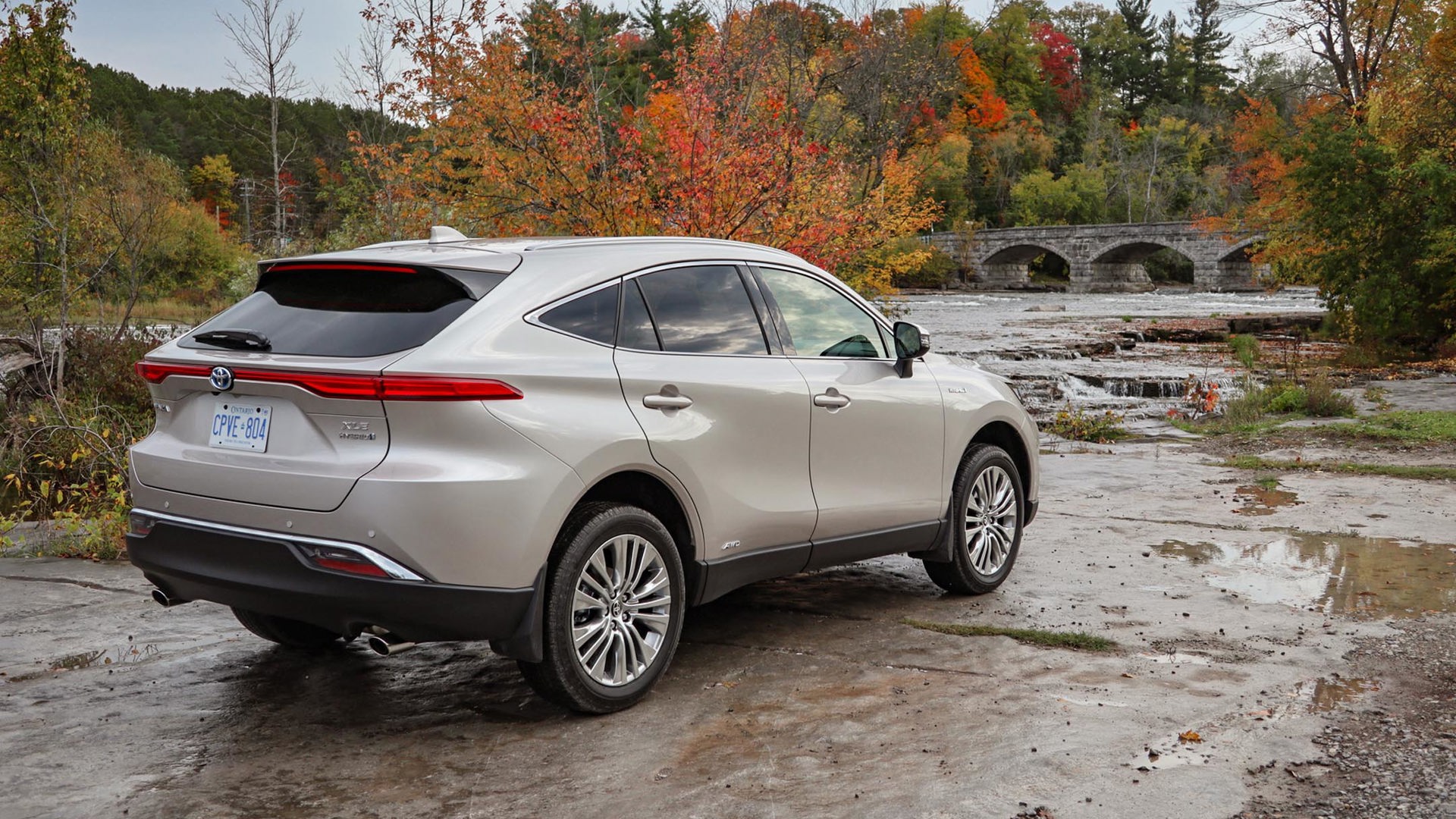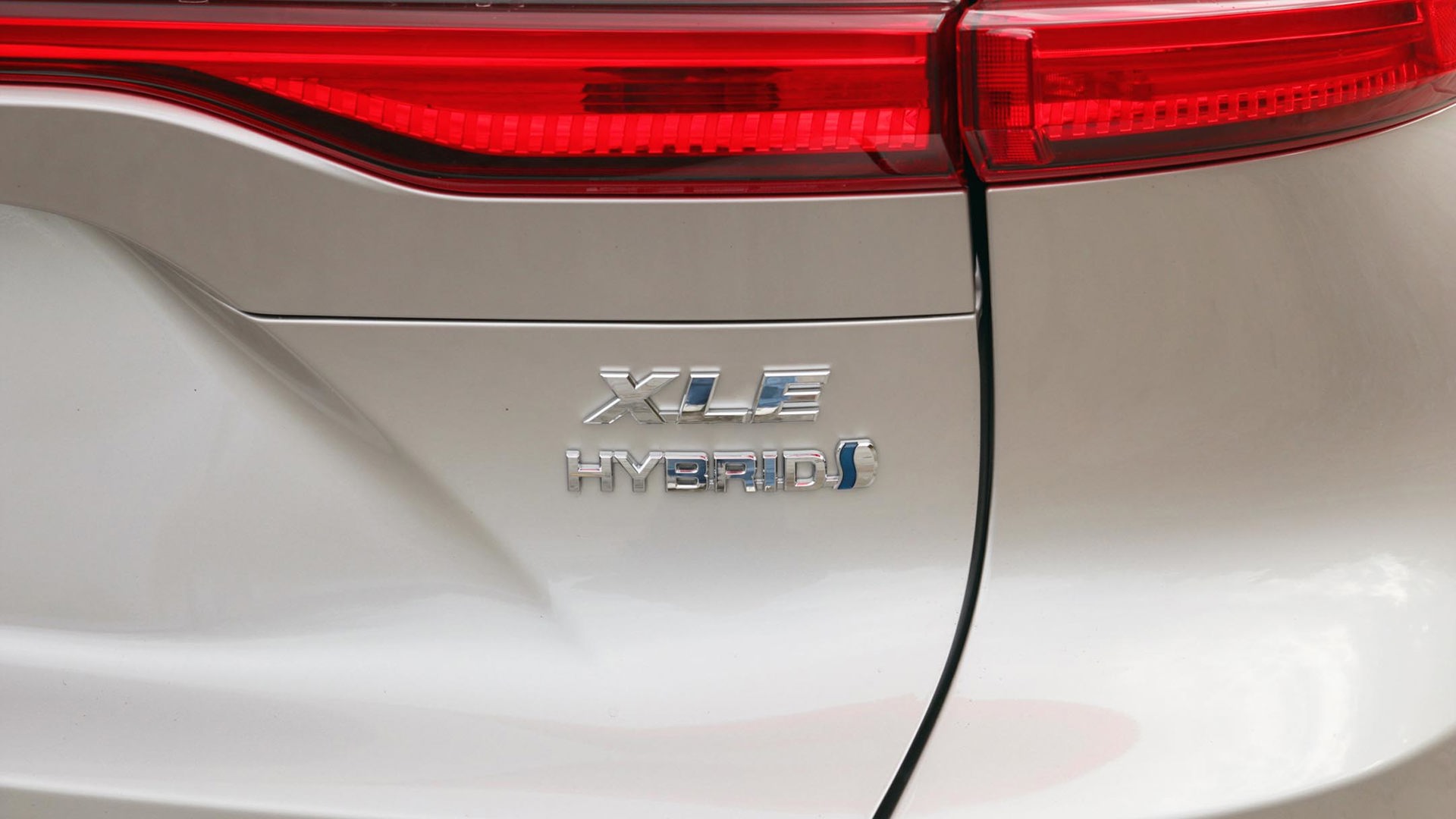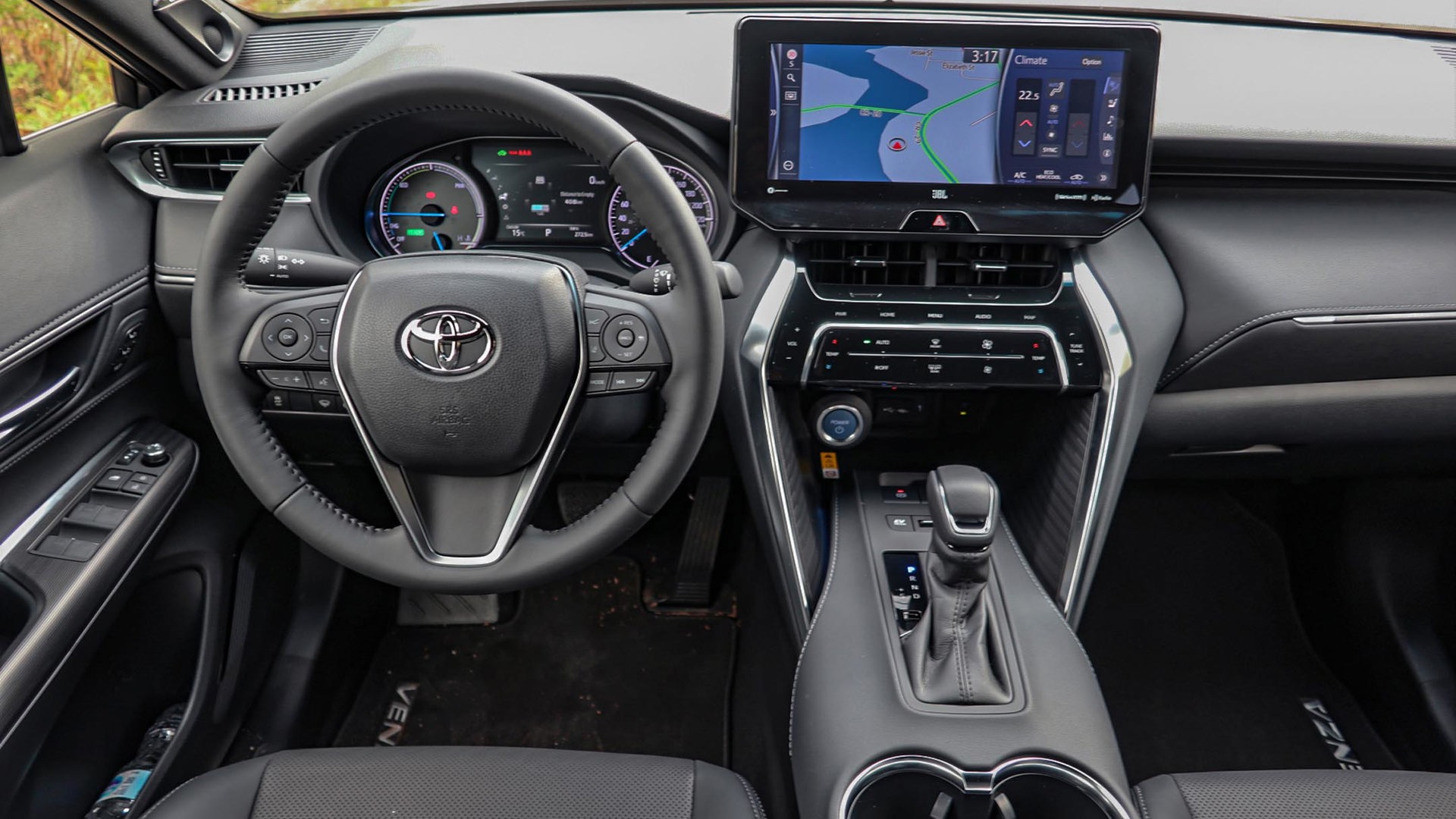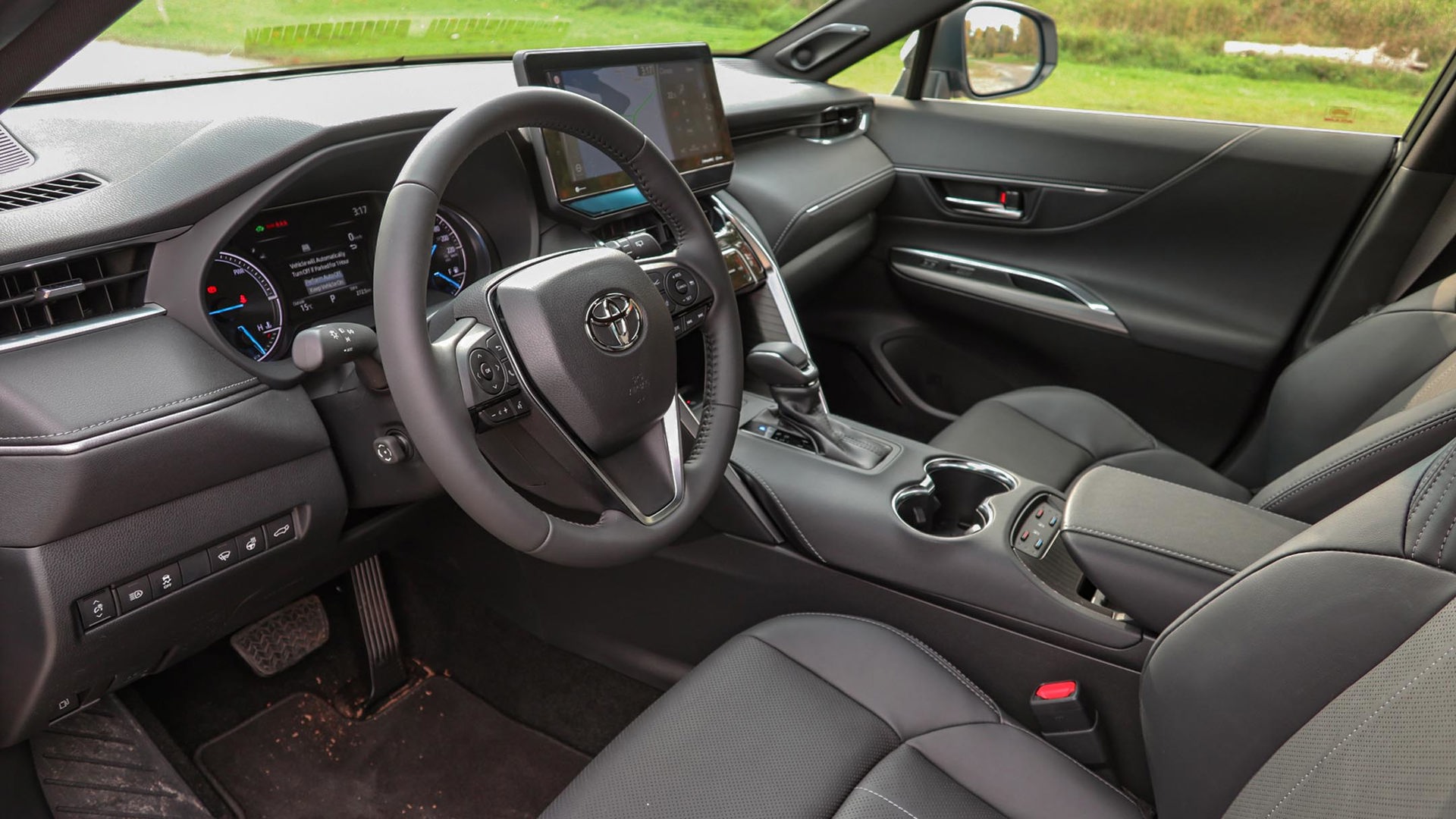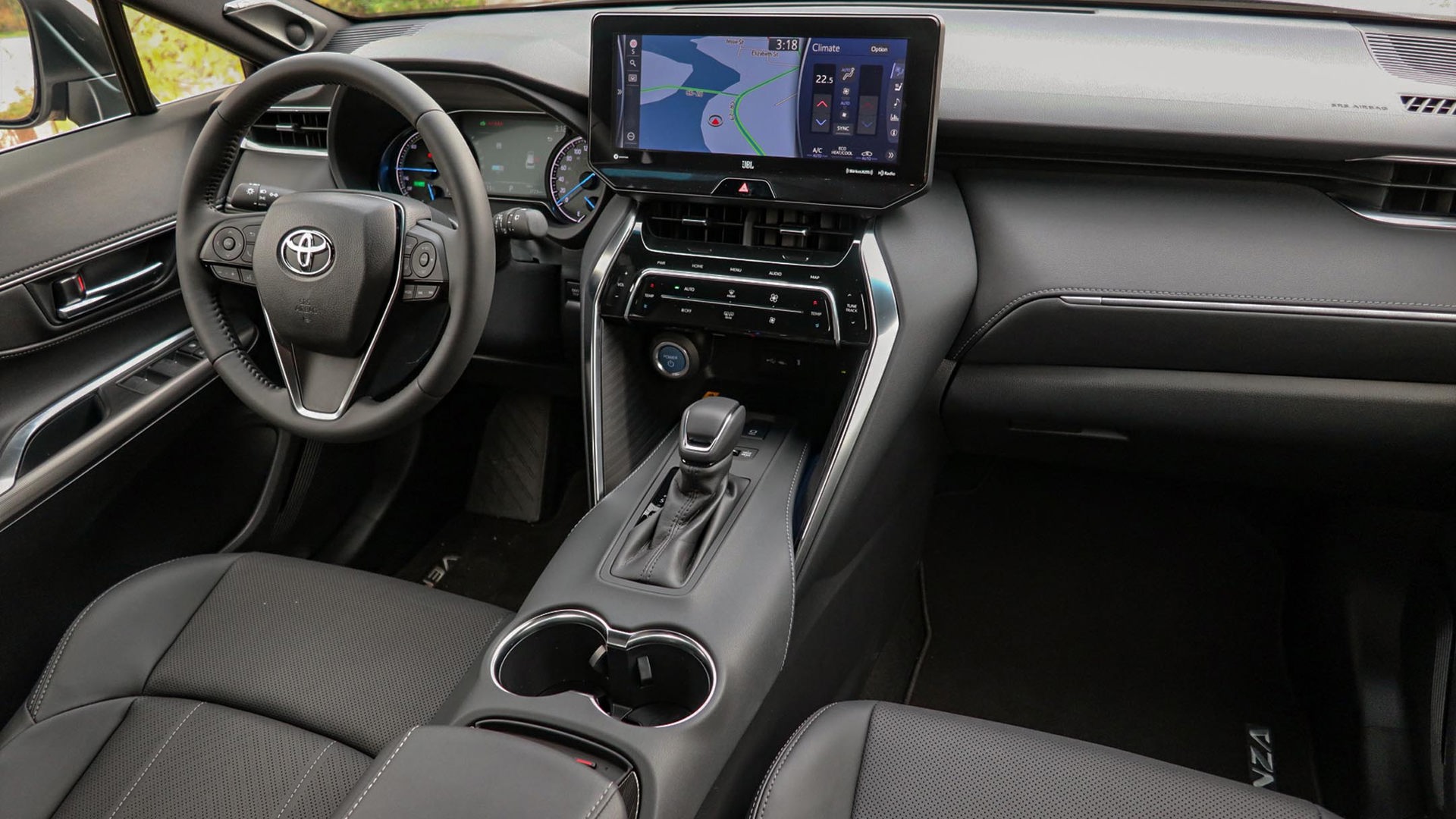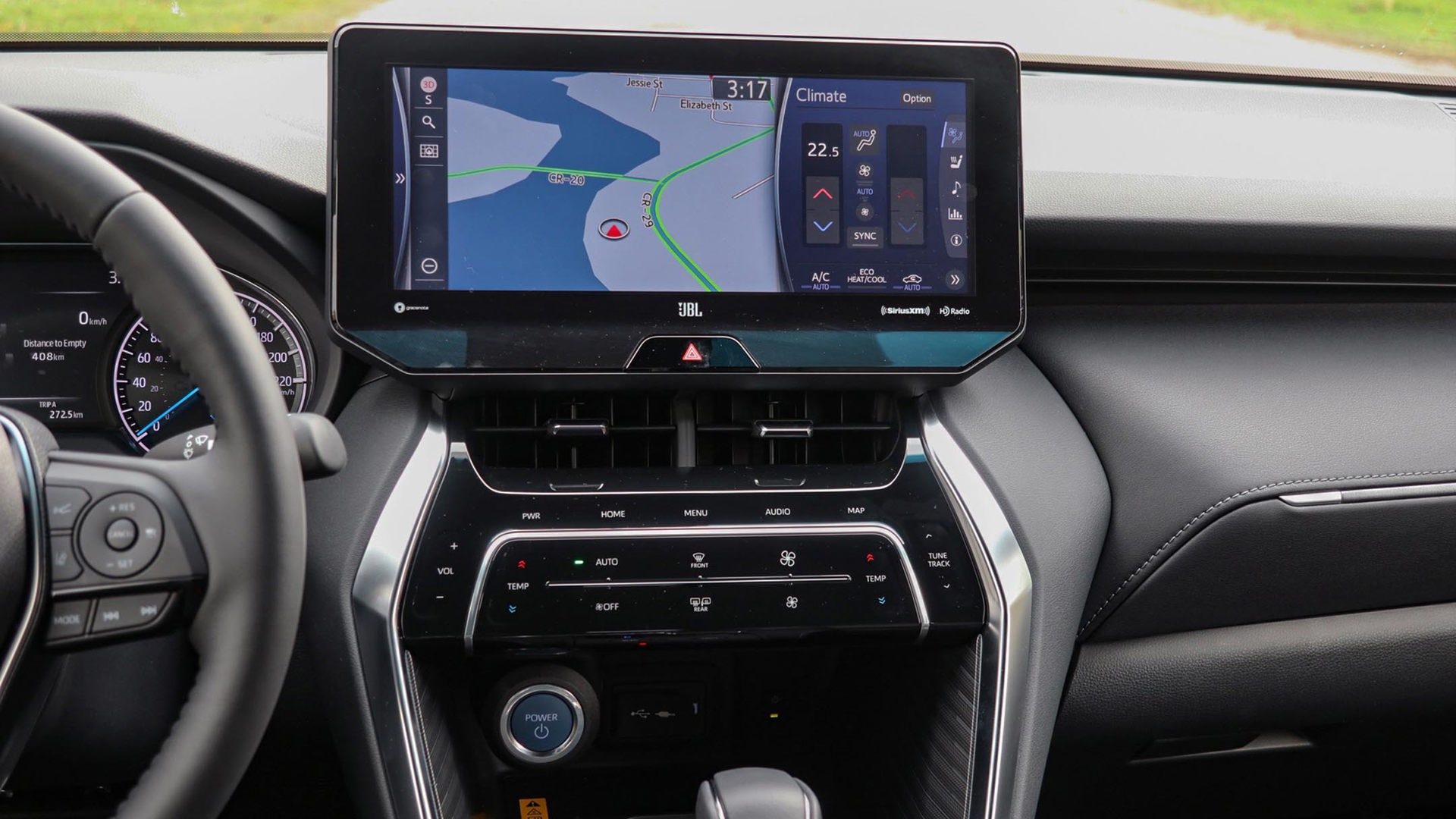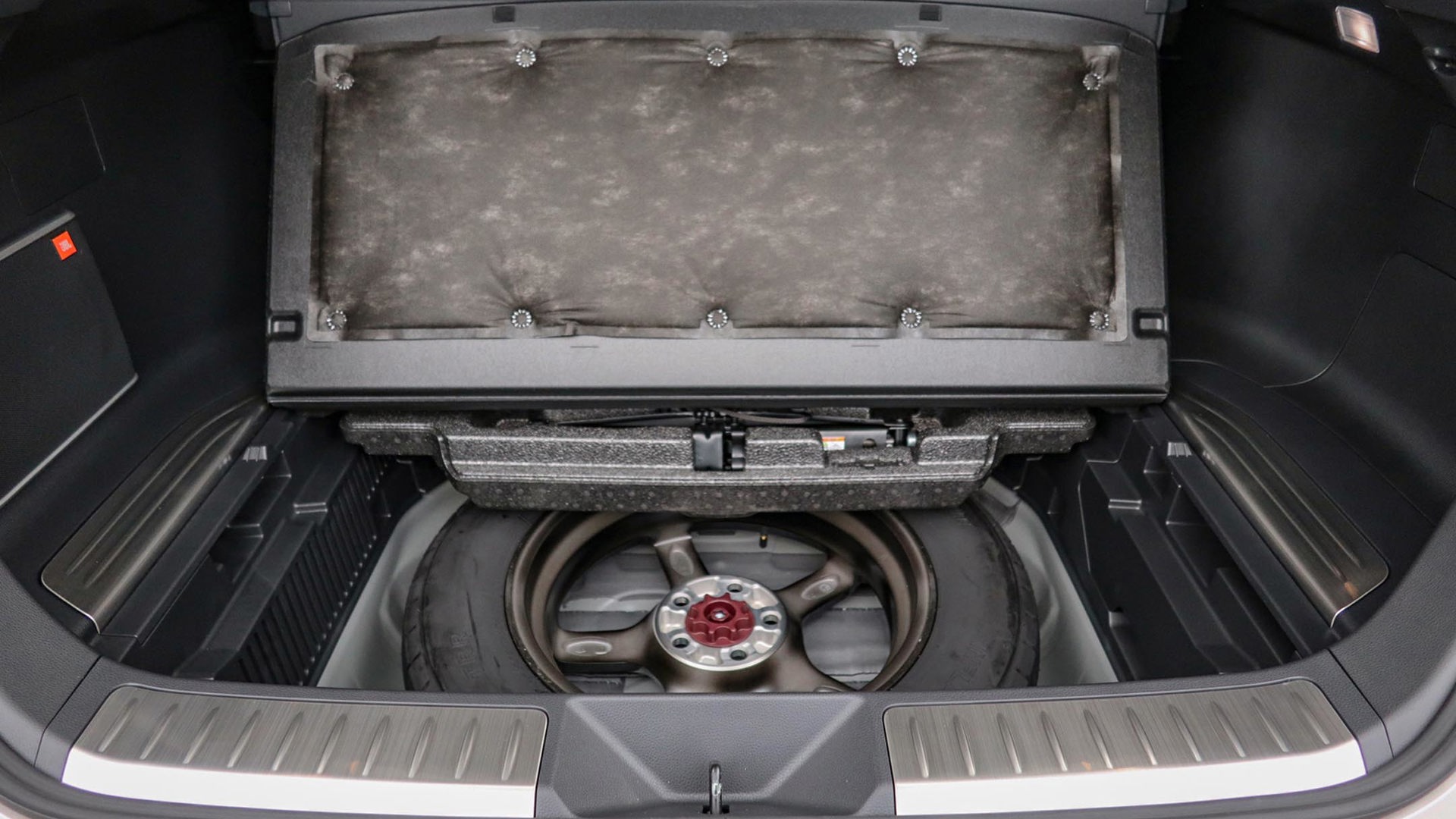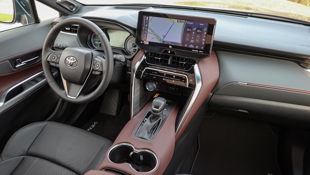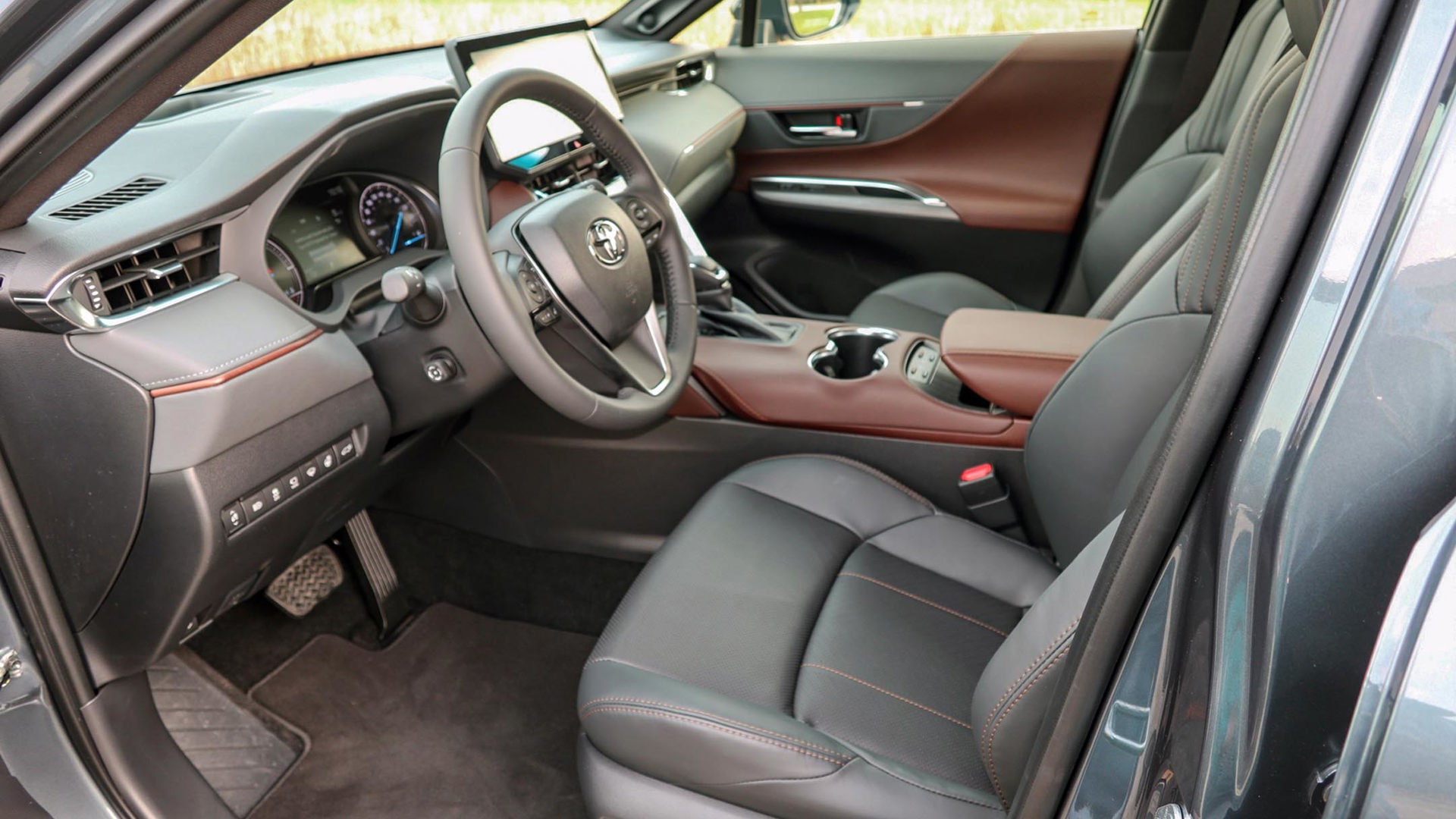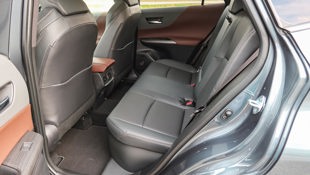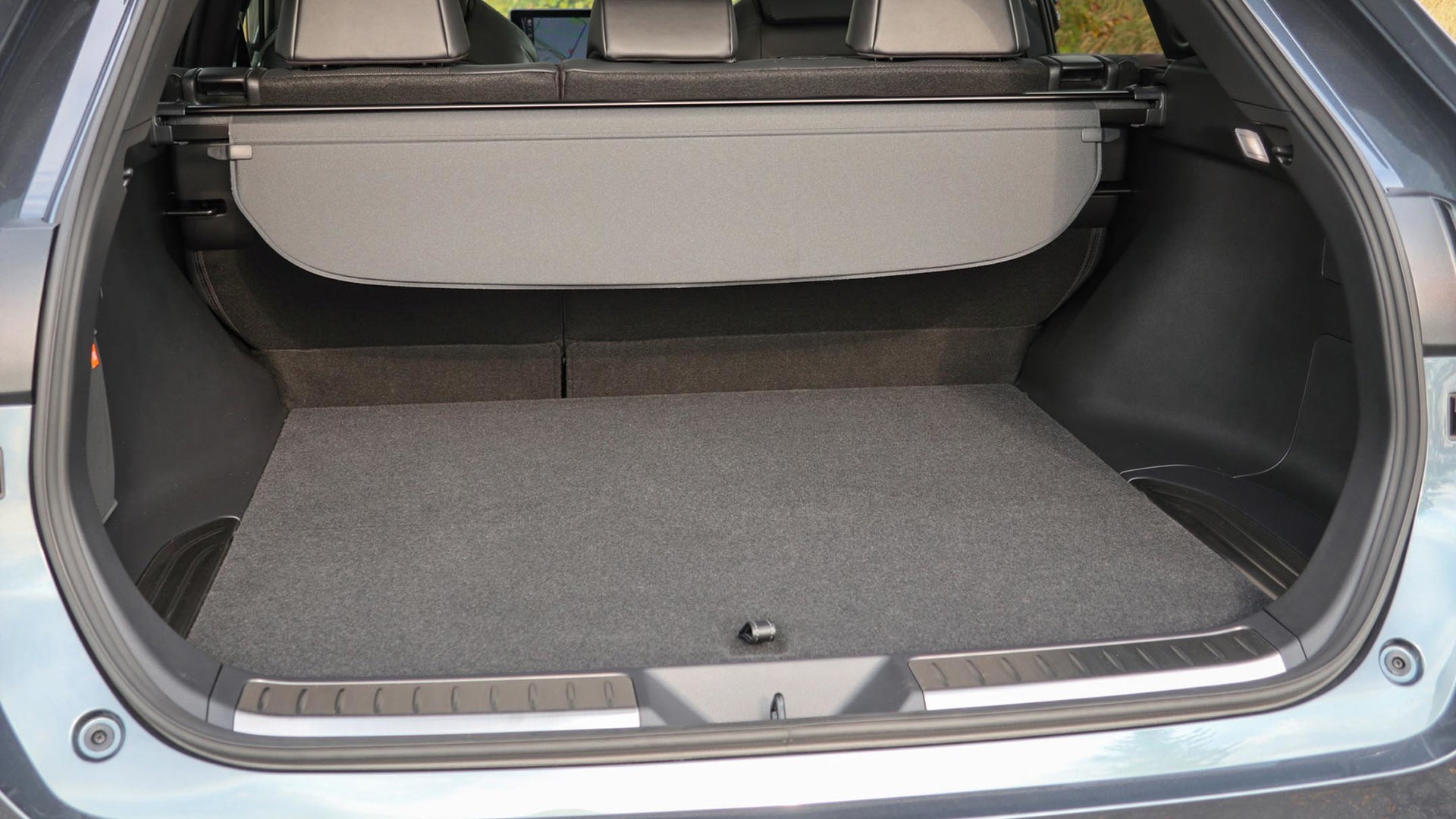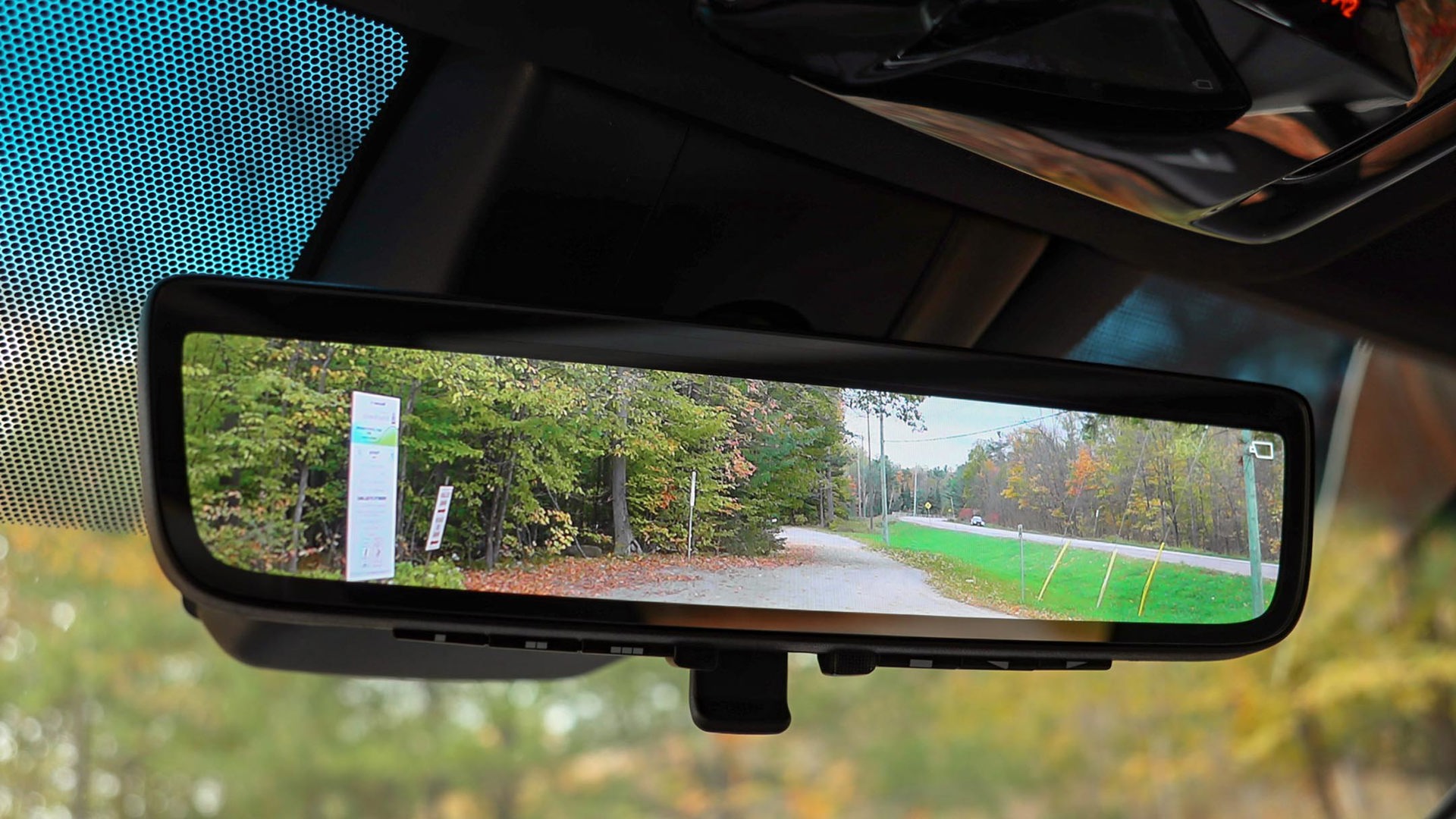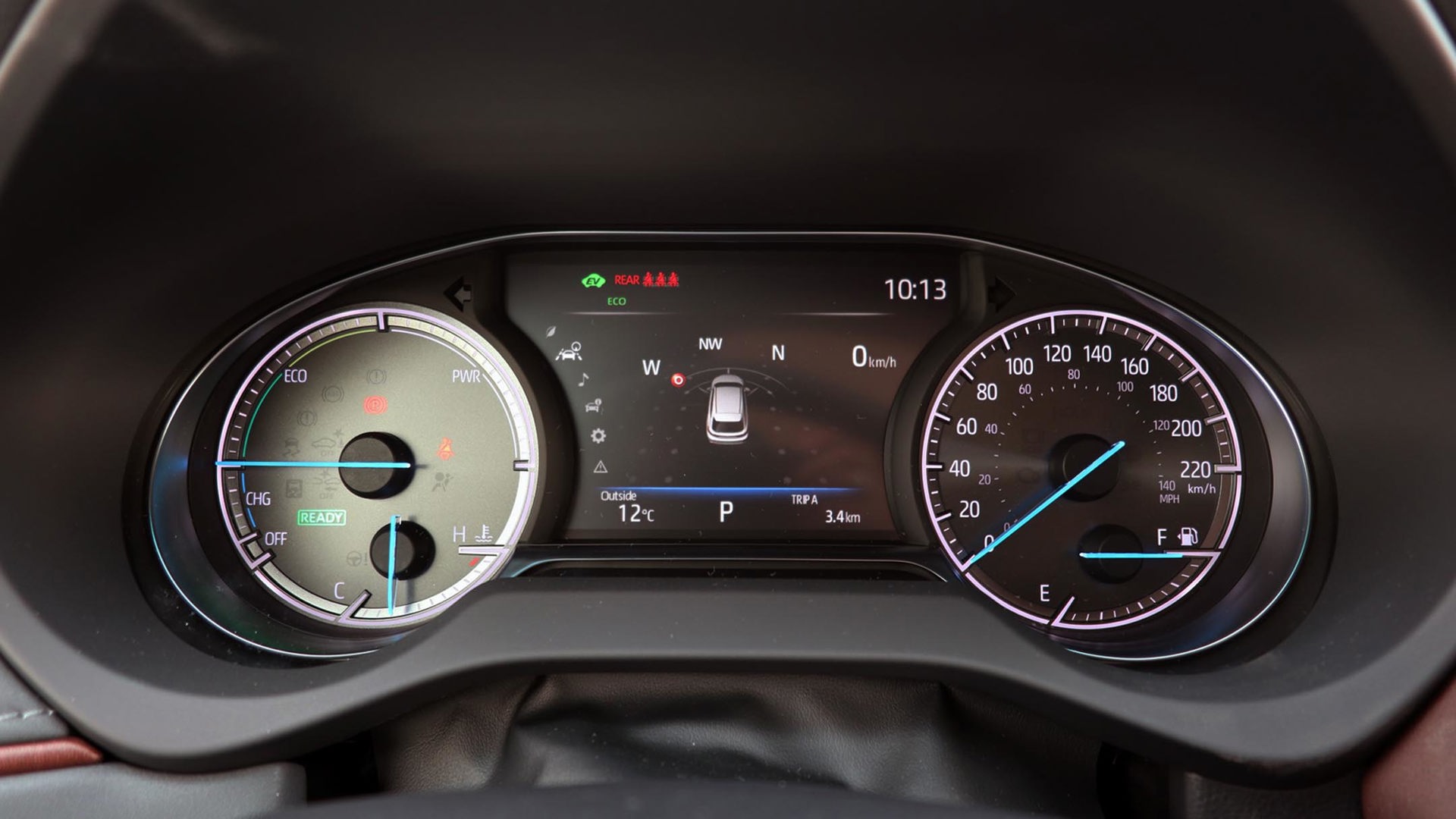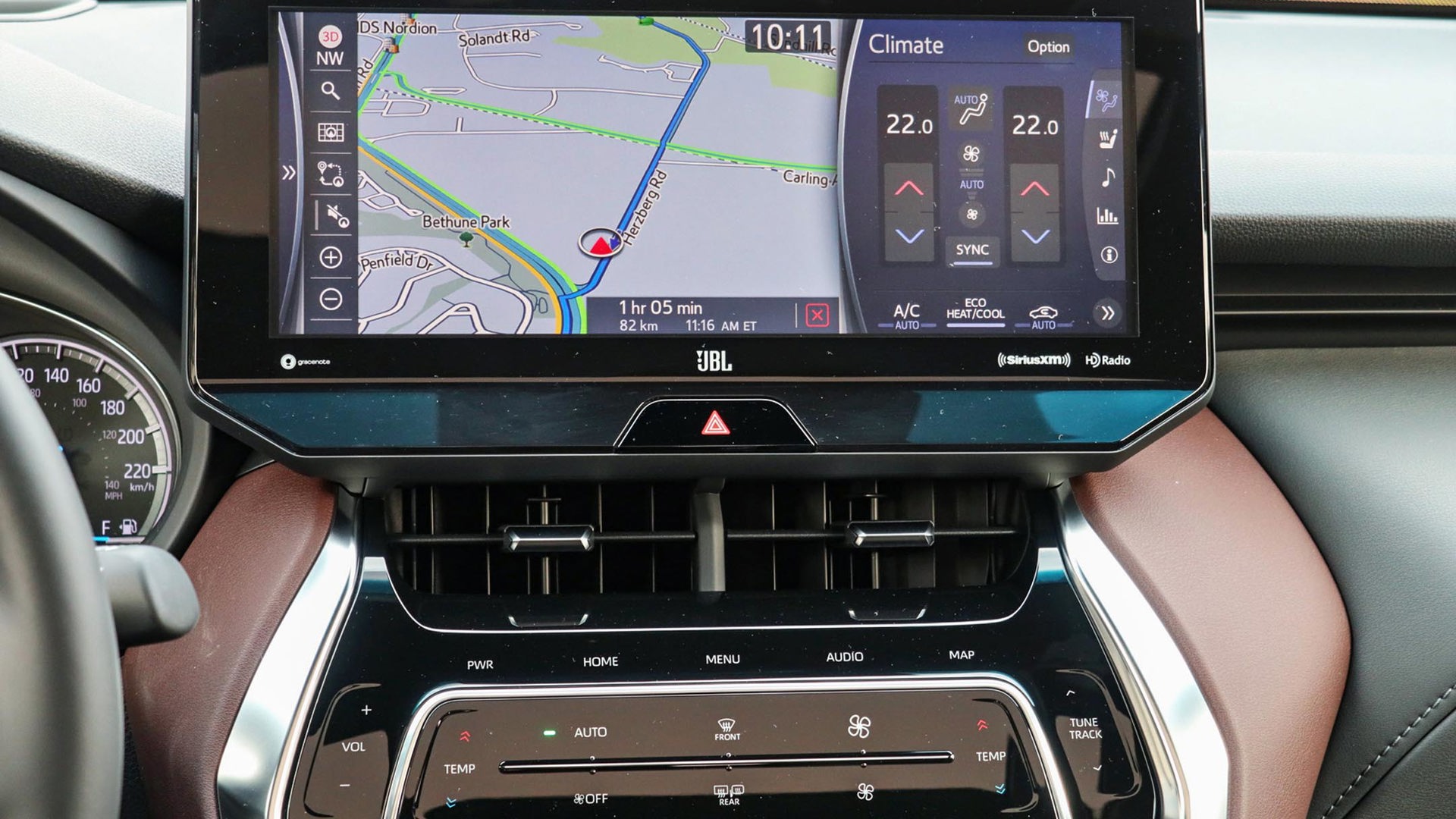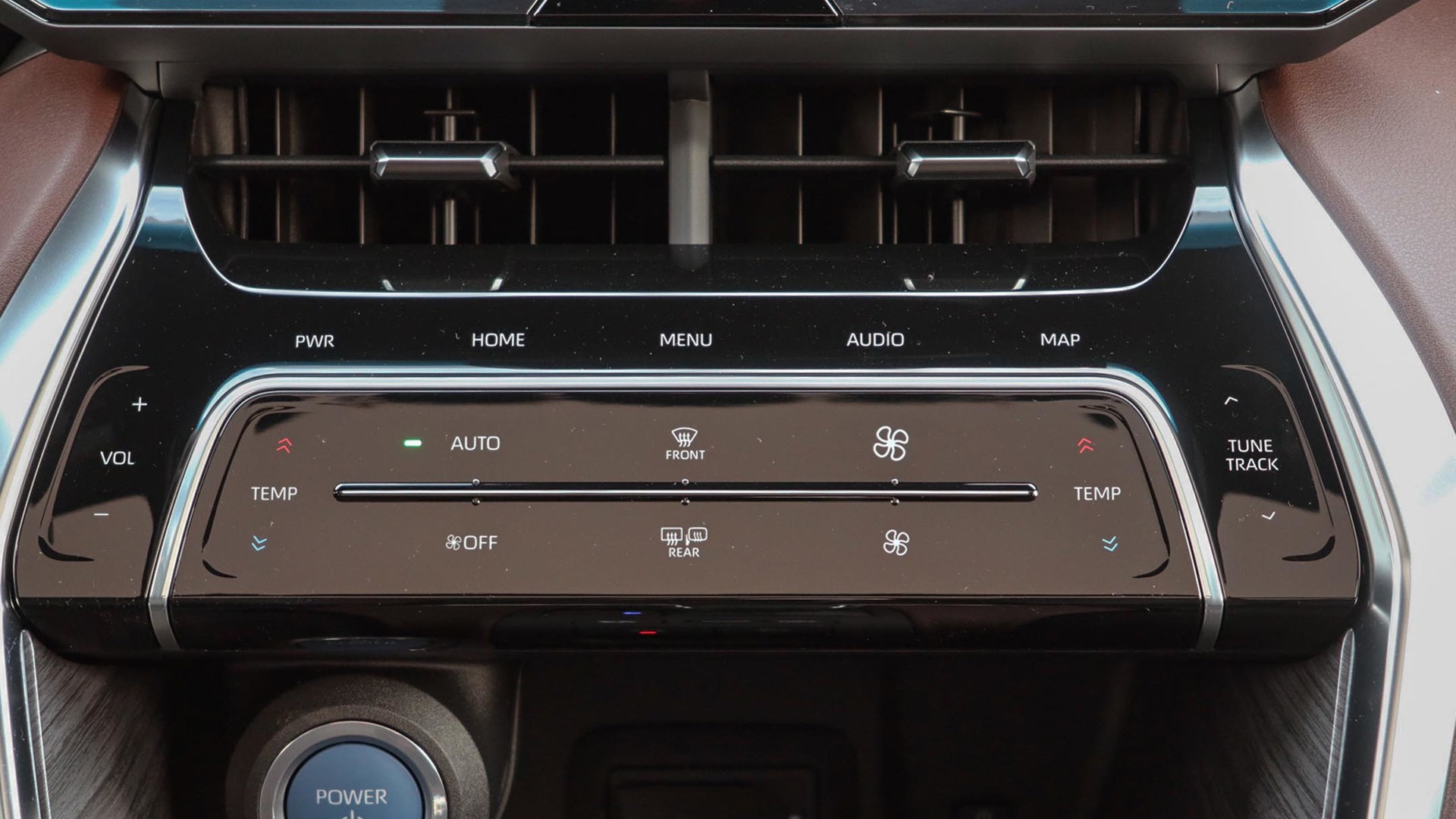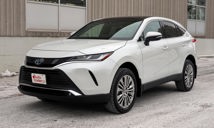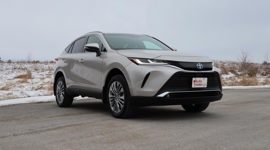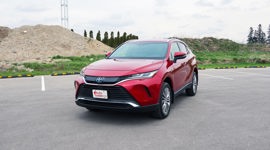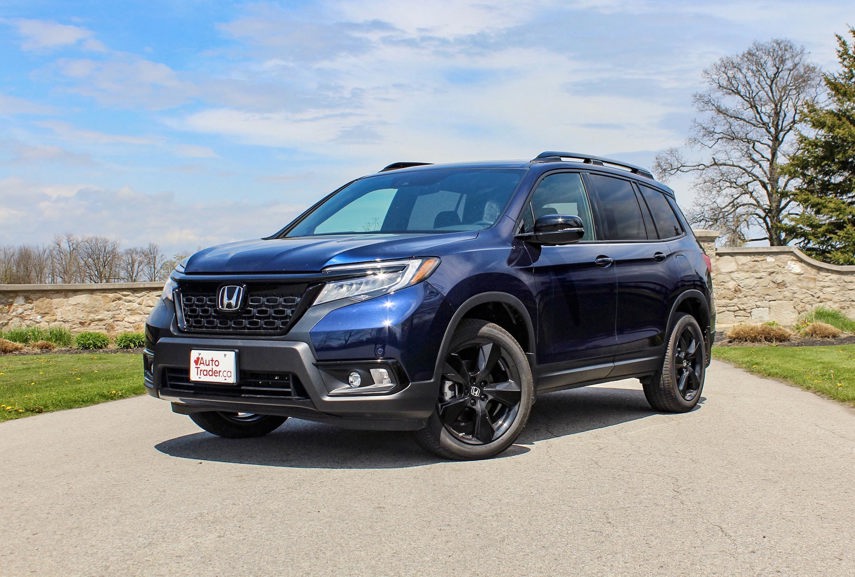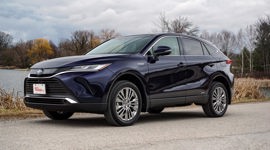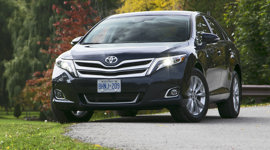KANATA, ONT. – I like to think I’m a pretty good judge of the automotive market – after all, it is my job. But every now and again I get it spectacularly wrong, and I sure did with Toyota’s Venza when it first arrived for 2009.
Crossovers were a fairly new breed at the time, and I thought this wagony-ute-thing was going to tank. Instead, it proved very popular with Canadians, even outselling the Highlander before it was retired in 2017. Now it’s back, and the 2021 Toyota Venza is more upscale than before – and exclusively a gas–electric hybrid.
It’s a little less wagon-like this time around, which should improve its popularity in an American market that isn’t keen on long-roofs. It’s still expected to be a lower-volume niche vehicle in both countries, but Toyota is aiming it as a step up for people moving out of vehicles like a Nissan Rogue or Ford Escape, and most of its advertising will be digital and aimed at younger city dwellers.
It comes in three trim levels, starting with the LE at $38,490. During the socially distanced media launch event, I drove both the XLE at $44,490, and the Limited at $47,690. Each is all-in with its features, and the only available add-ons are some extra-charge paint colours, or dealer-installed accessories such as a cargo liner.
It’s built on the RAV4 Hybrid platform and shares its width and wheelbase, but is longer and lower. It also uses that vehicle’s propulsion system: a 2.5L four-cylinder gasoline engine with a hybrid system, and an automatic continuously variable transmission (CVT). On its own, the engine makes 176 hp and 163 lb-ft of torque, but when combined with the electric motor the output rises to a combined 219 hp.
The lithium-ion battery pack is mounted under the rear seat, so there’s still a lot of cargo space and the seatbacks fold flat when carrying larger items. It’s also warrantied for 10 years or 240,000 km, with other hybrid components covered for eight years or 160,000 km. In combined city/highway driving, the Venza is rated at 6.0 L/100 km.
All Venza models are all-wheel drive, with a separate electric motor driving the rear wheels, so there’s no centre driveshaft or differential. Under normal driving conditions, all power goes to the front wheels, but the system can deliver 80 per cent of total power to the rear ones as needed. It goes into that 20/80 split when accelerating from a stop, both for extra traction and to take advantage of maximum power from all three motors (there’s a dual-motor system under the hood, one to power the wheels and the other to generate electricity).
Toyota makes very good hybrid systems, and the Venza’s is no exception. It switches automatically and seamlessly between gas and electric modes – or a combination of the two – depending on what’s needed. The battery recharges through regenerative braking, so you don’t plug it in. You can get a plug-in version of the RAV4 Hybrid, but Toyota’s rep said there are “no plans for a plug-in [Venza], but we’ll see what happens.” That seems to be a reasonable approach; plug-in vehicles are pricier – although offset by a federal rebate, plus provincial ones in Quebec and British Columbia – and are still a sliver of the market.
I drove the Venza around the Ottawa area on a variety of highways, rural routes, and winding gravel roads. The driving experience is what I’d expect from a Toyota sport-ute: the steering has a nice weight and the vehicle responds well to it, but with very little steering feel. It handled the curves well, with the understanding that it’s not a sports machine, and the all-wheel drive kicked in whenever the back end threatened to scoot out on the gravel roads.
The ride is firm but not unpleasant, and only the harshest bumps make their way inside. There are drive modes for normal, eco, and sport, and also a button to prioritize electric driving, but I’ve never understood why. Toyota’s rep says it’s so you can glide fuel-free through parking garages at low speeds, but if you’re driving that slowly in the first place, the system will revert to battery by itself; and if you accelerate too much or pick up too much speed, the EV mode beeps disapprovingly and shuts off anyway.
The cabin is handsomely designed with lots of soft-touch surfaces and wood-style trim. My seat stayed comfortable throughout my day’s drive, and rear-seat passengers get a generous helping of leg- and headroom.
Then I got to the centre stack. Unfortunately, Toyota has somehow bought into the idea that minimalism is a good thing, and it is not a good thing when you’re trying to operate something while going 100 km/h. The stereo volume is tapped up or down, either on the central controls or on the steering wheel – at least when Honda did that, it listened to complaints and finally installed a real dial. The temperature and fan speeds are likewise tap-up or tap-down, whether on the touchscreen or on the small icons below it. Dials are still the best because you can just reach down and spin them with minimal distraction. At least the heated (and ventilated, depending on trim) seats are operated with hard buttons.
As expected for an upscale model, the Venza includes a decent number of standard features, including power-adjustable steering column, power liftgate, wireless charging, heated seats, power driver’s seat, adaptive cruise control, emergency front braking, lane-departure alert, automatic high-beam headlamps, and blind-spot monitoring.
The XLE adds such items as premium stereo, larger centre screen, hands-free liftgate, heated steering wheel, heated and ventilated seats, navigation, and power passenger seat. At the Limited level, you also get a head-up display, digital rearview mirror, rain-sensing wipers, bird’s-eye-view camera, and a fixed panoramic roof with “frost control.” Press a button, and the glass instantly goes from clear to a frosted view that diffuses the light. There’s also a full-length cover if you want it completely closed.
Overall, save for my complaints about the controls, the Venza is a well-equipped, comfortable machine that drives well, has lots of room for passengers and cargo, and looks good. I think Toyota’s right that it’s going to be a niche vehicle, but for those in that category, this time around, I predict it’s going to be a winner.
